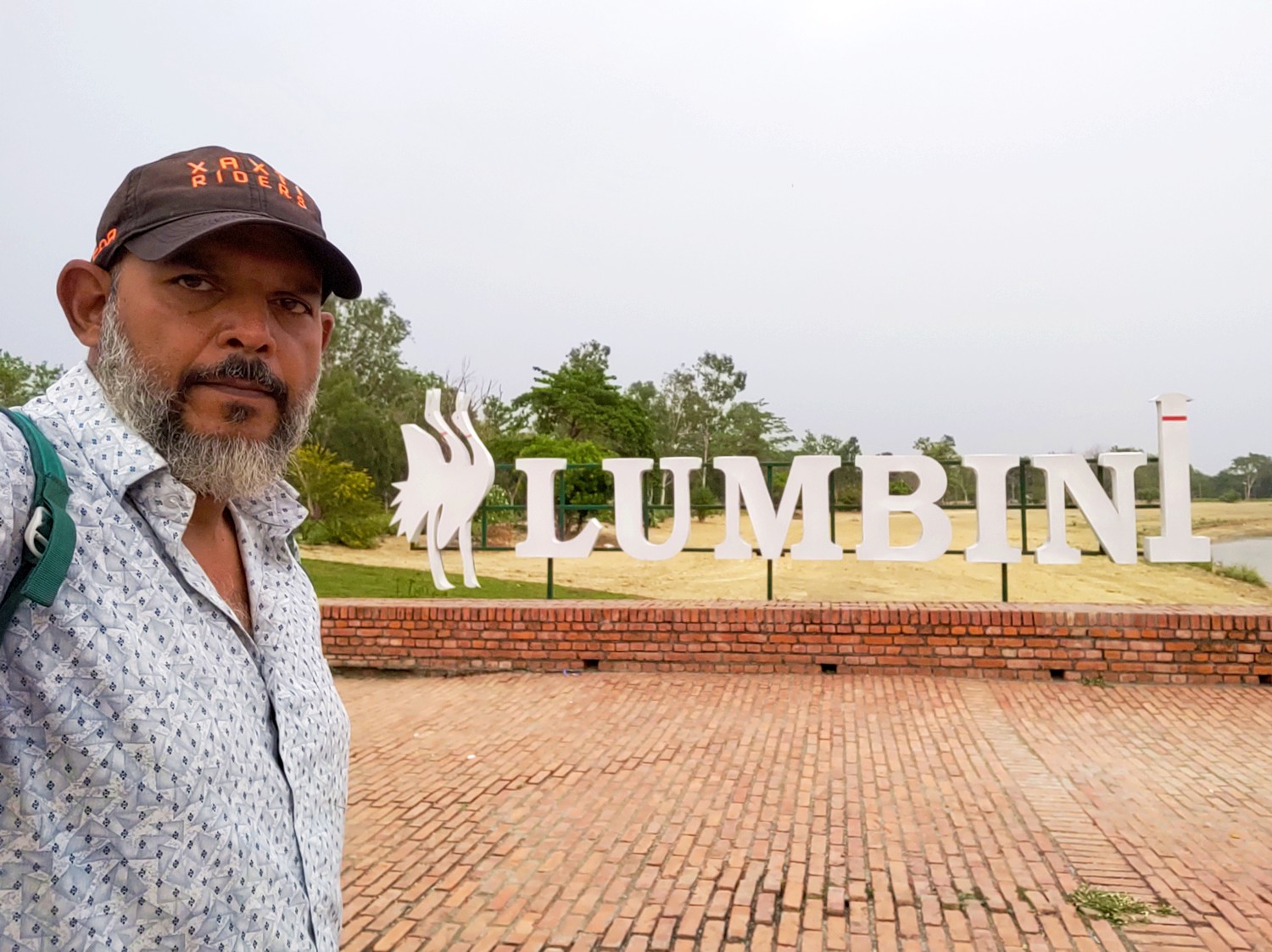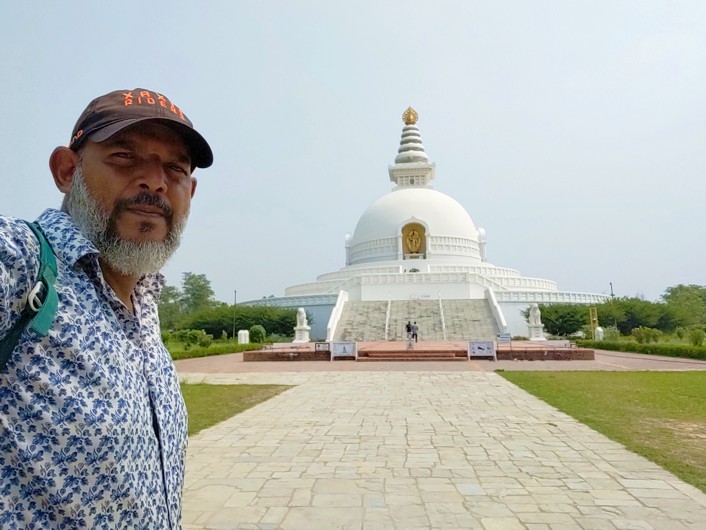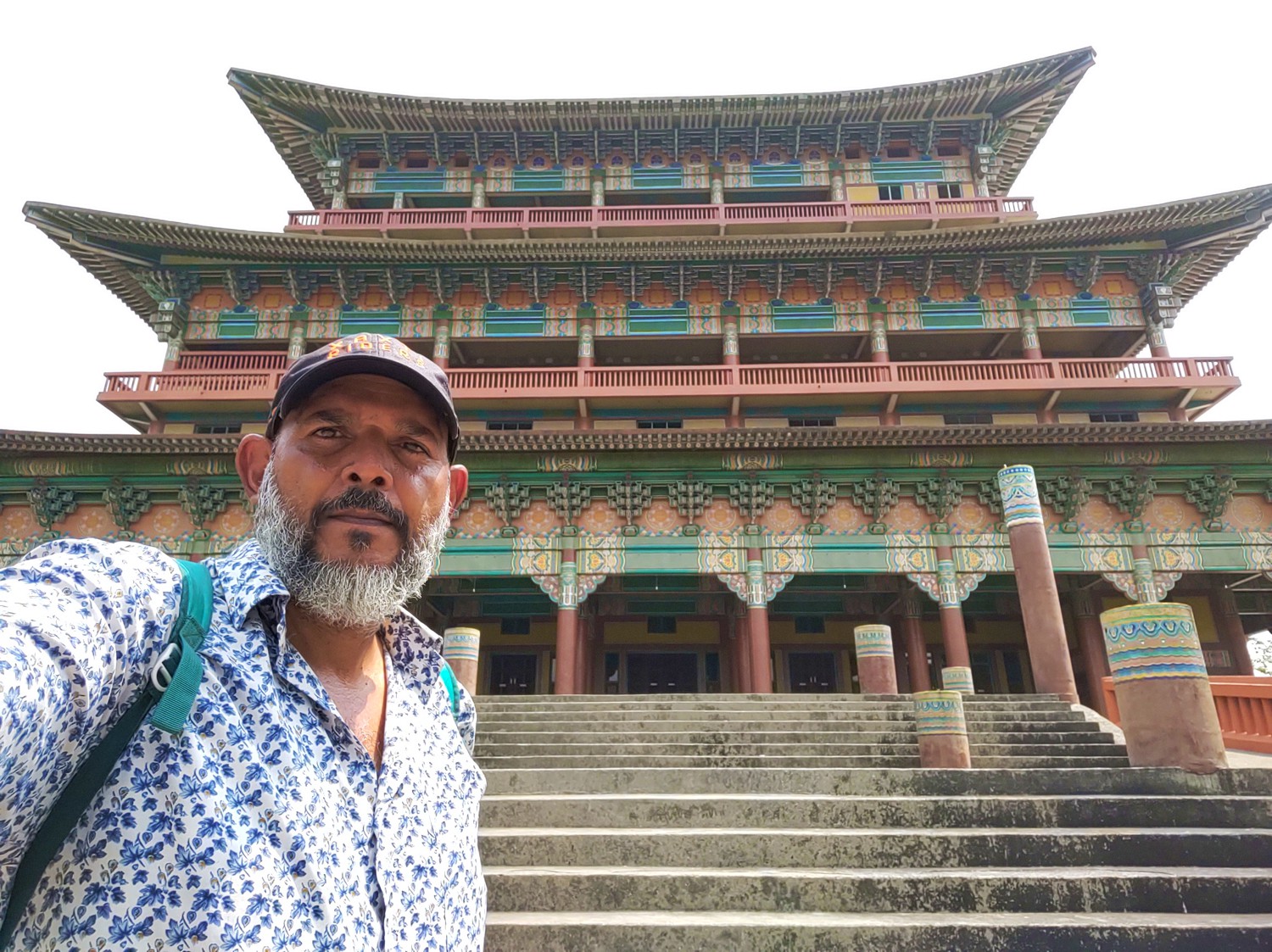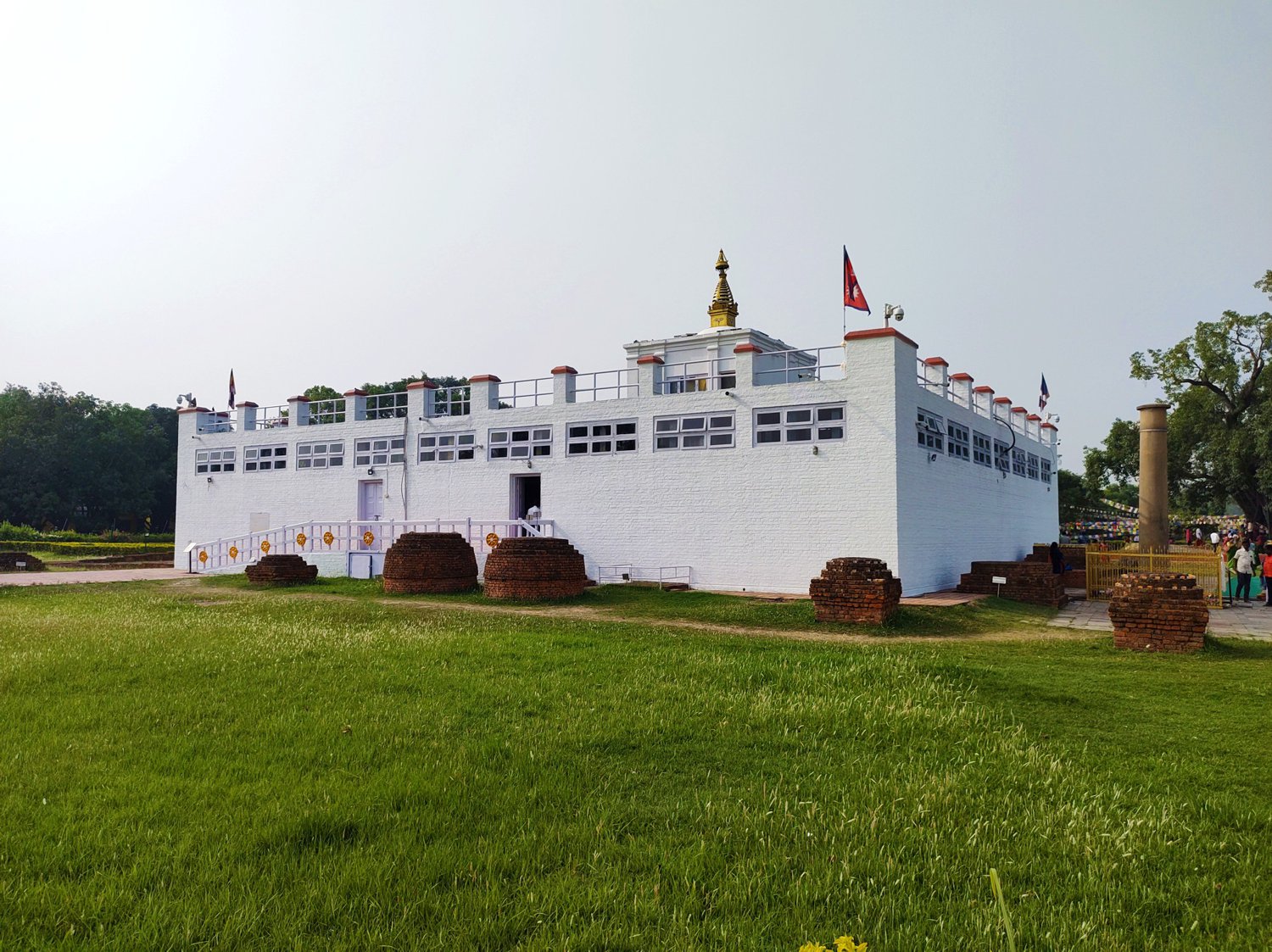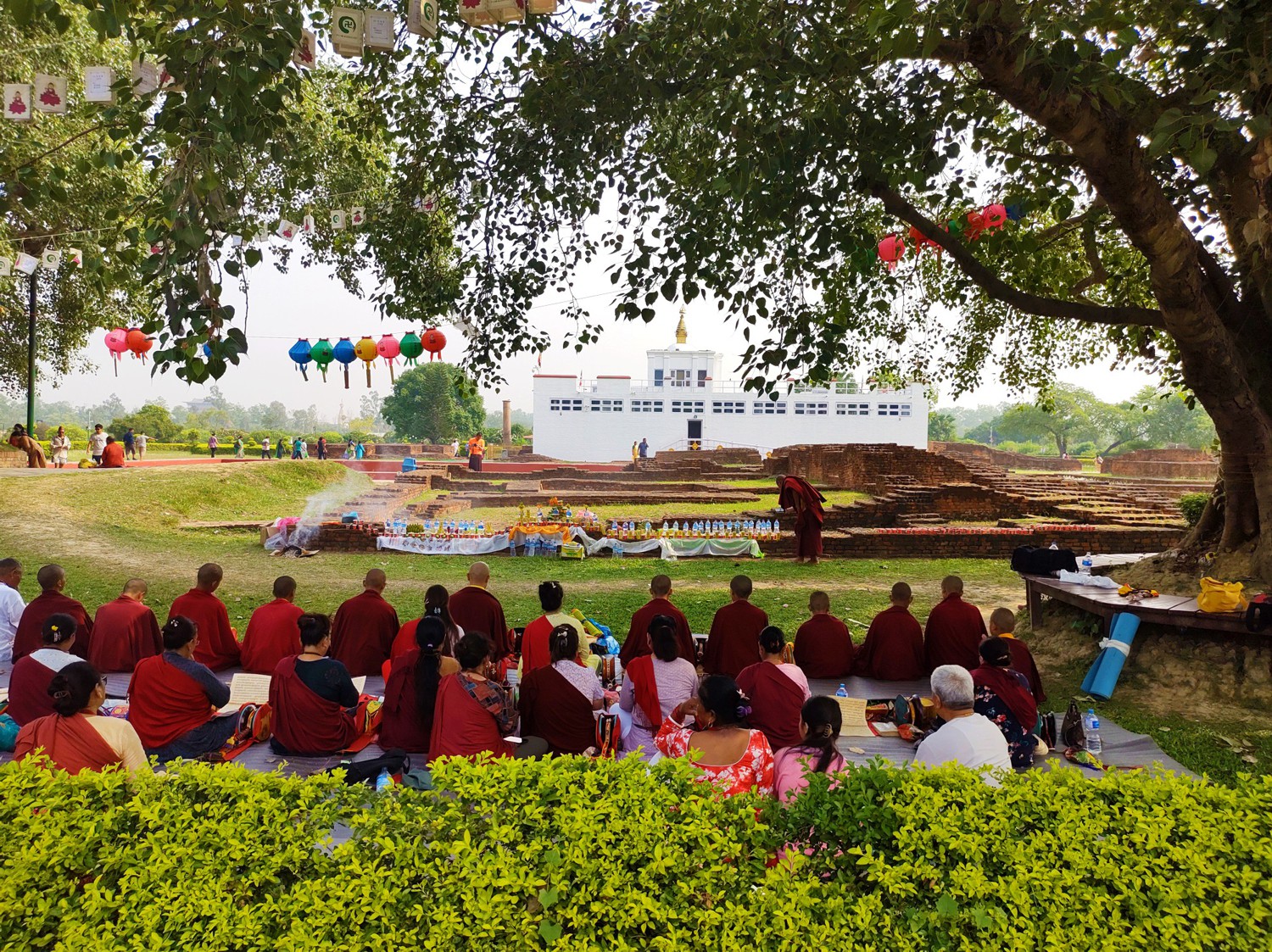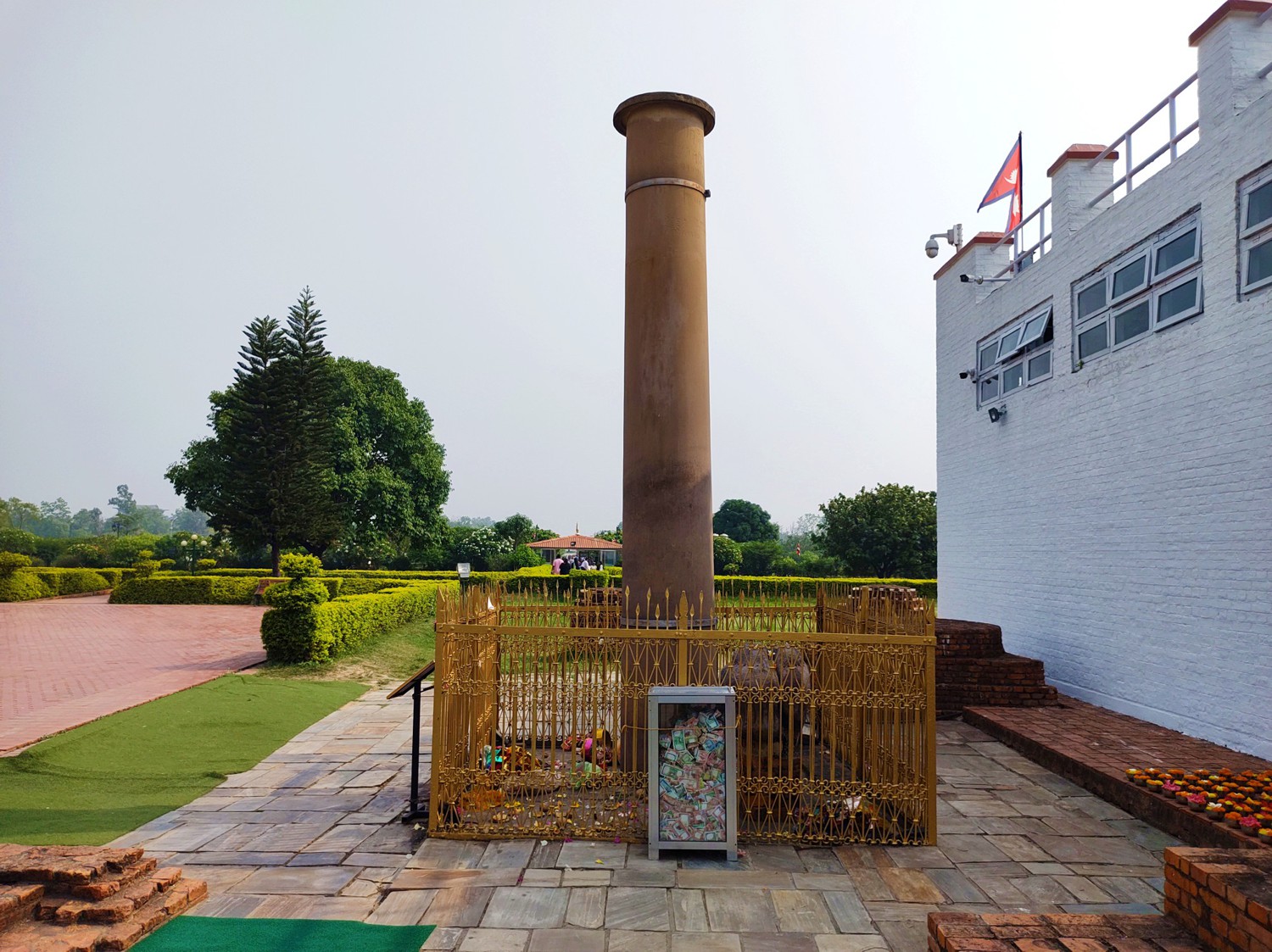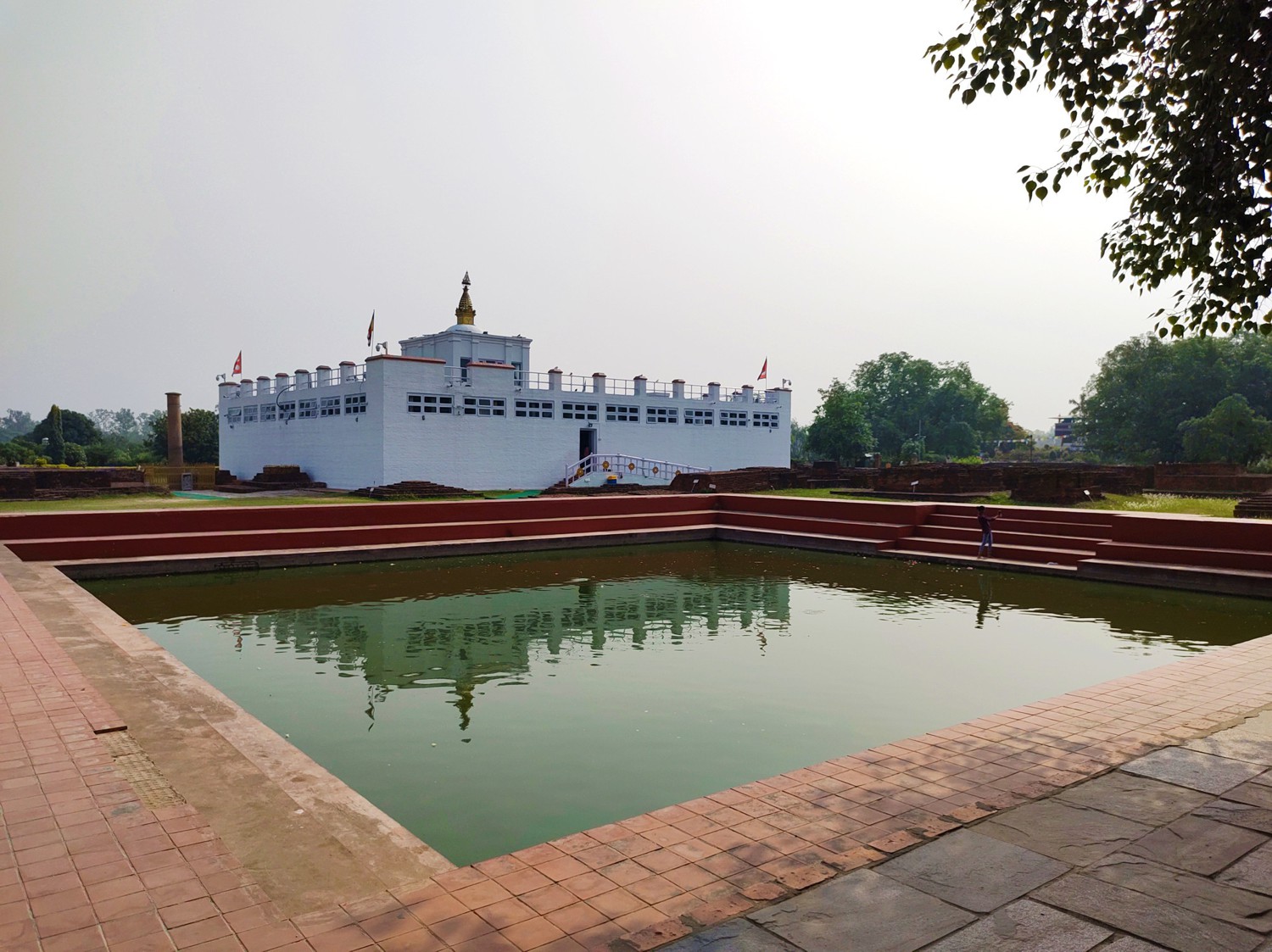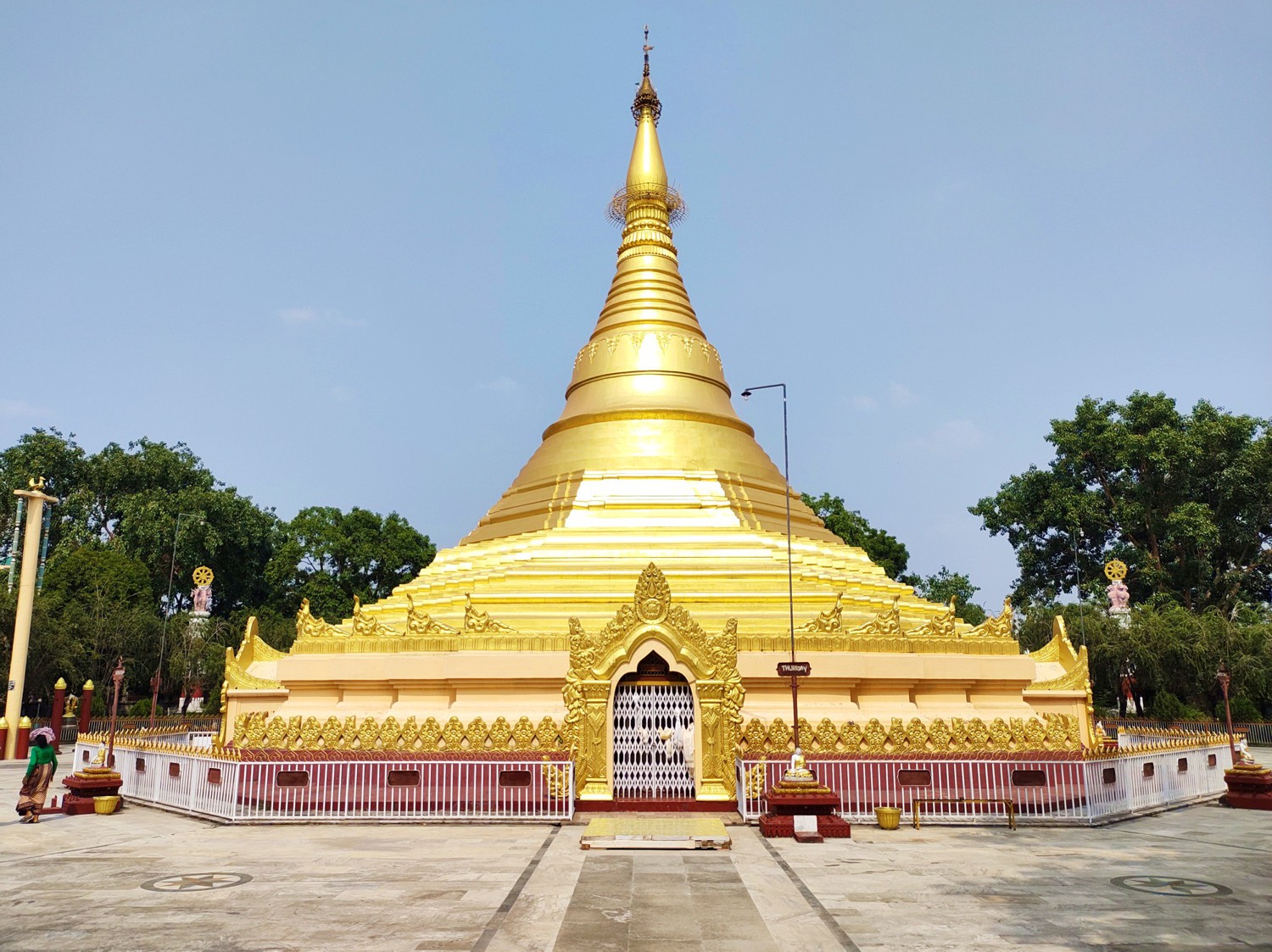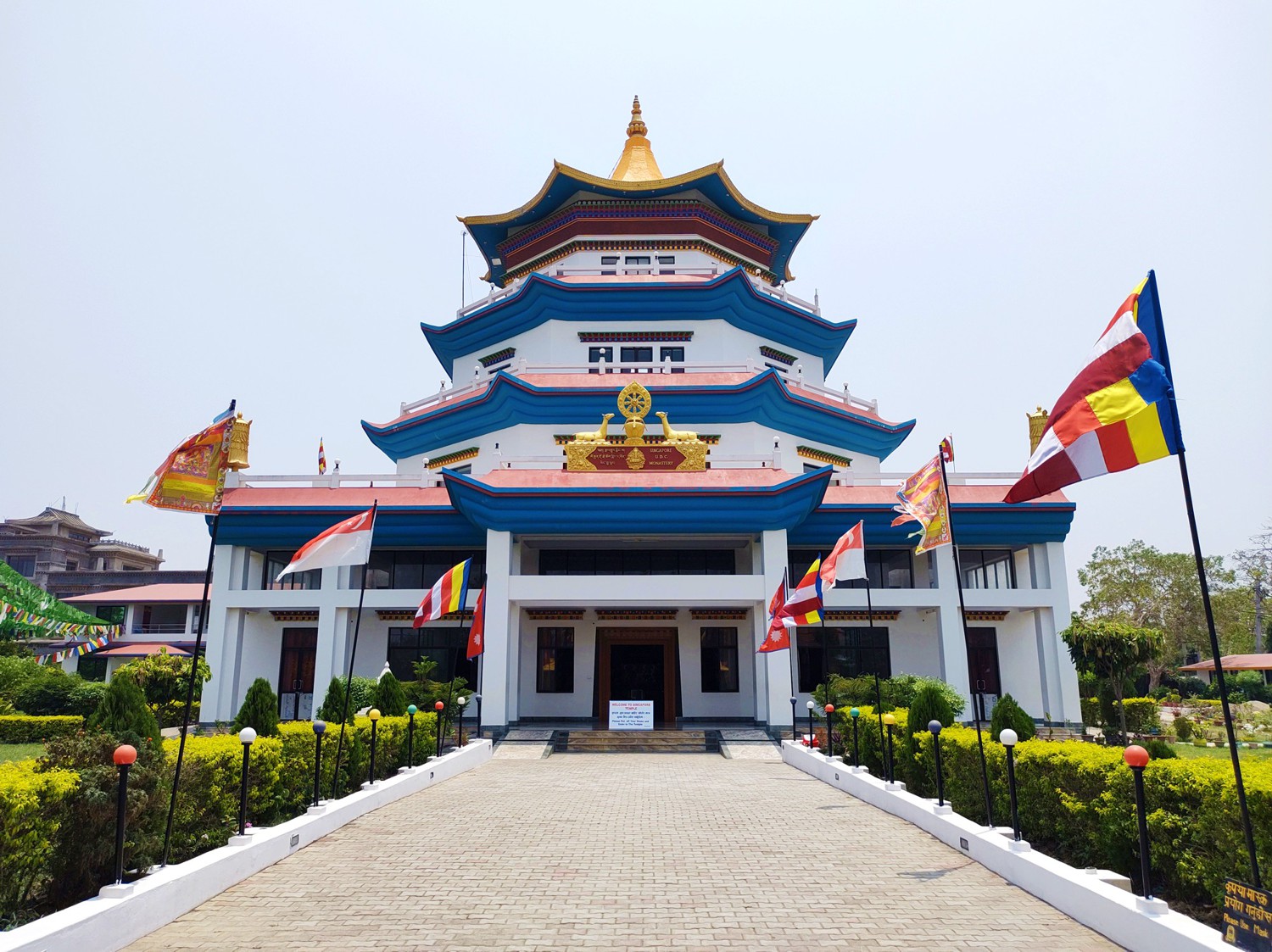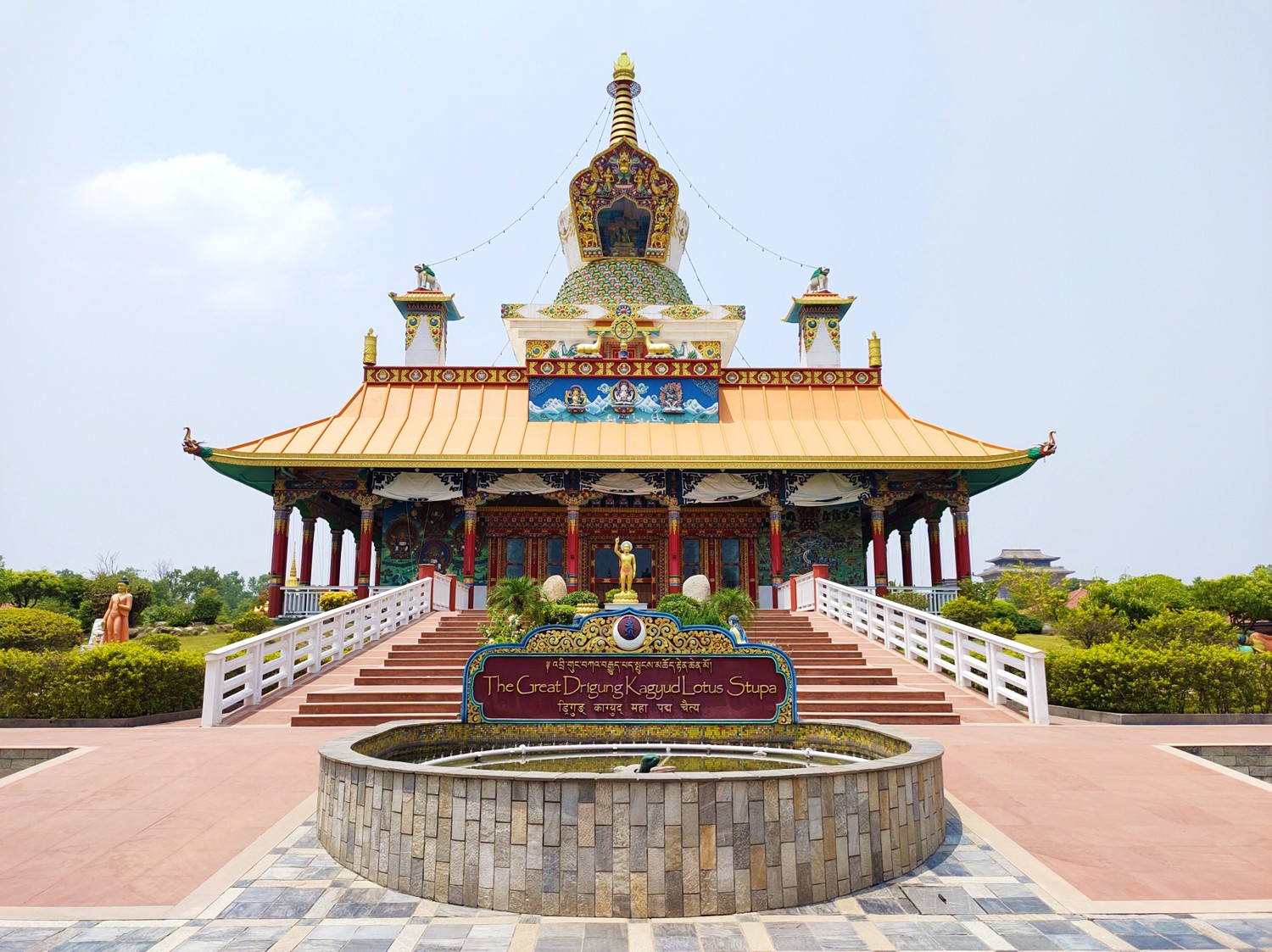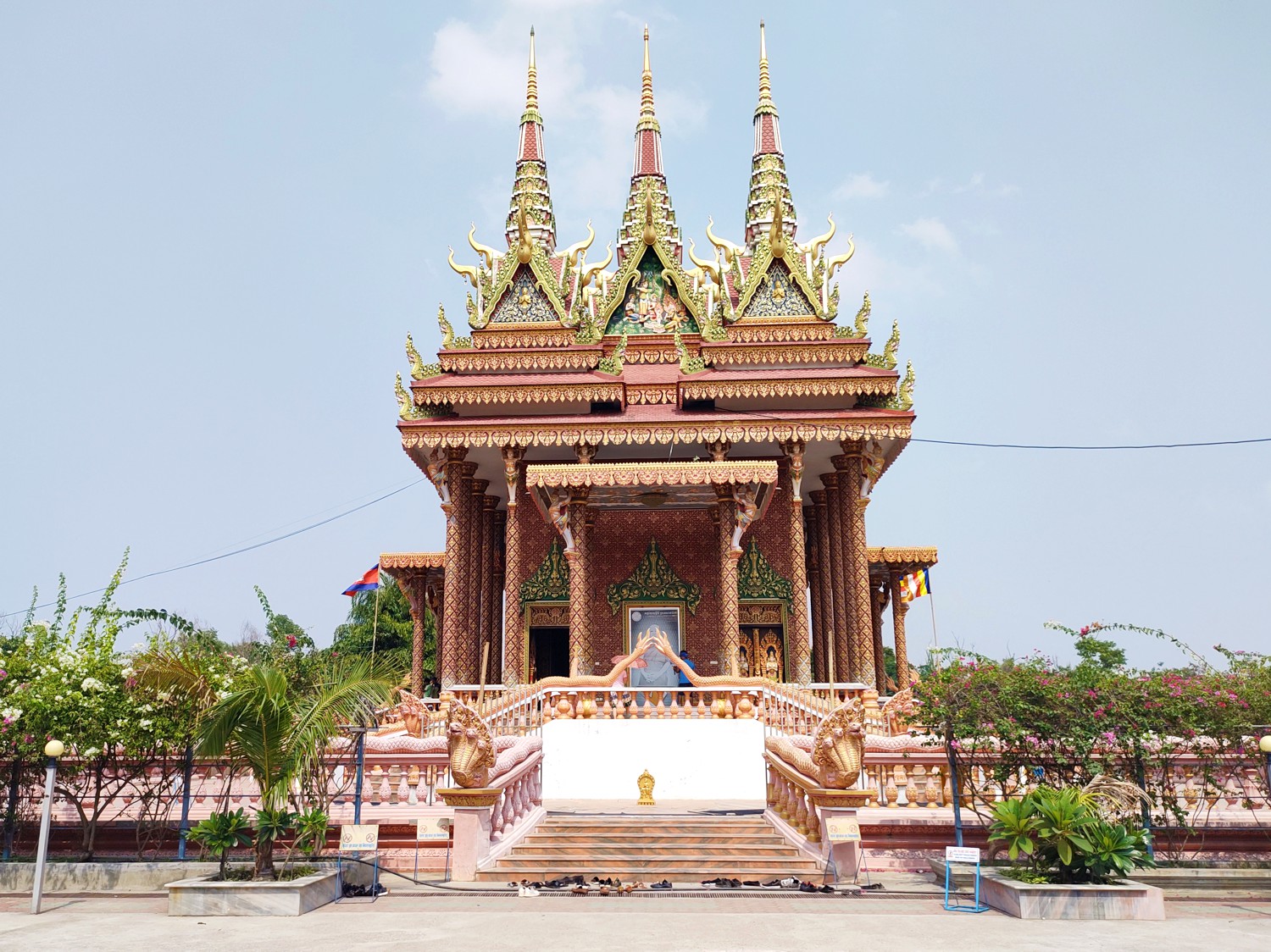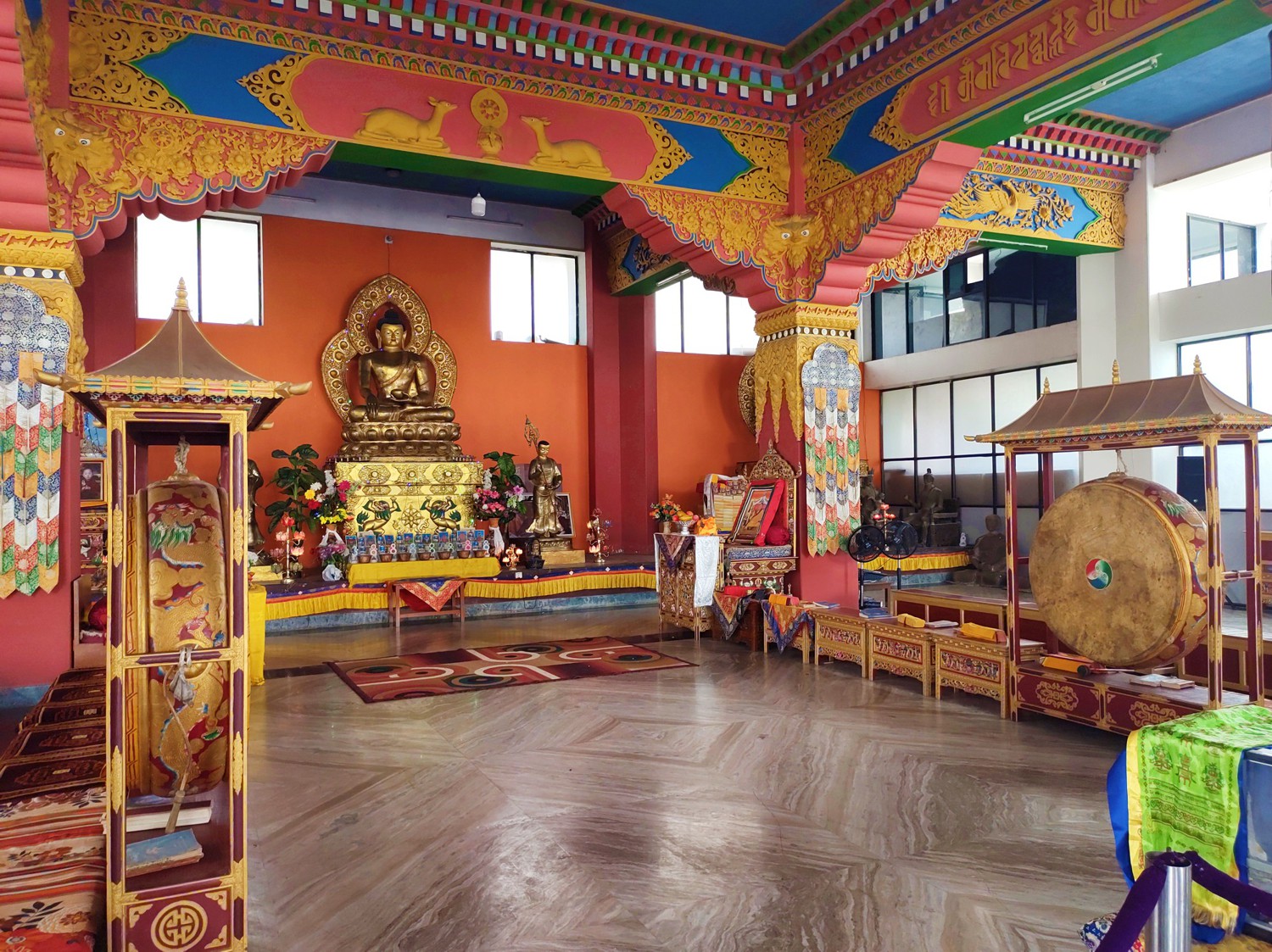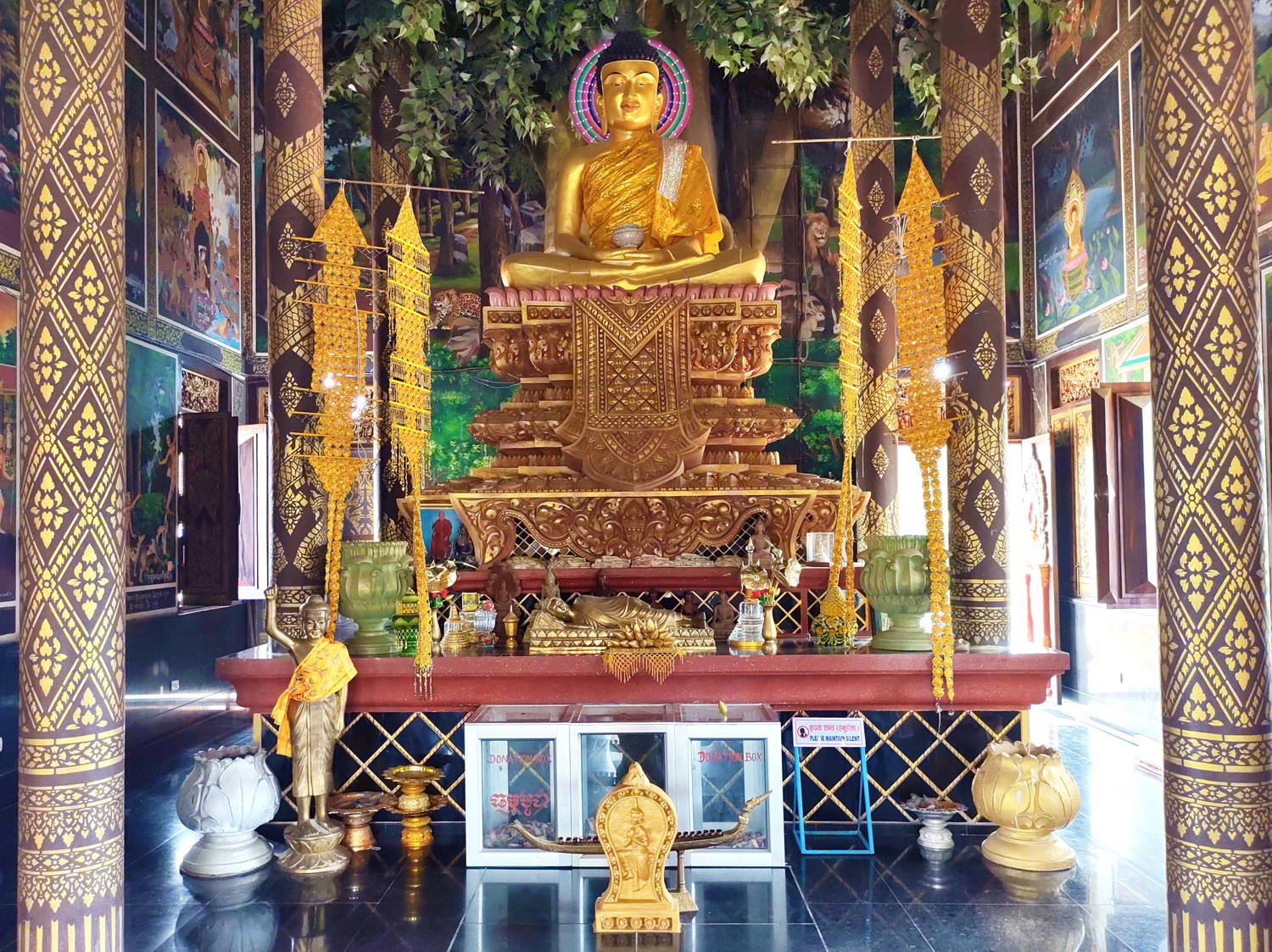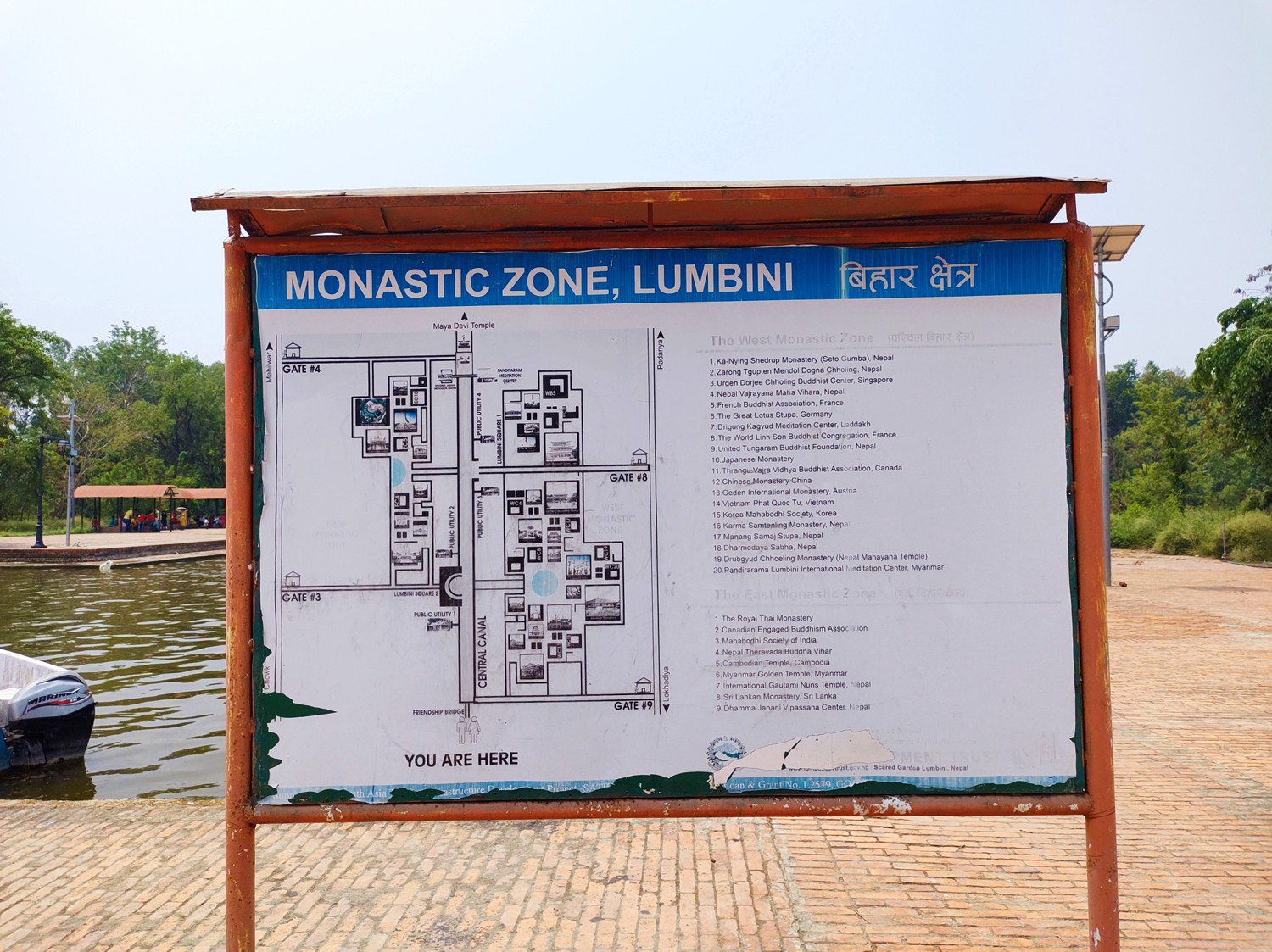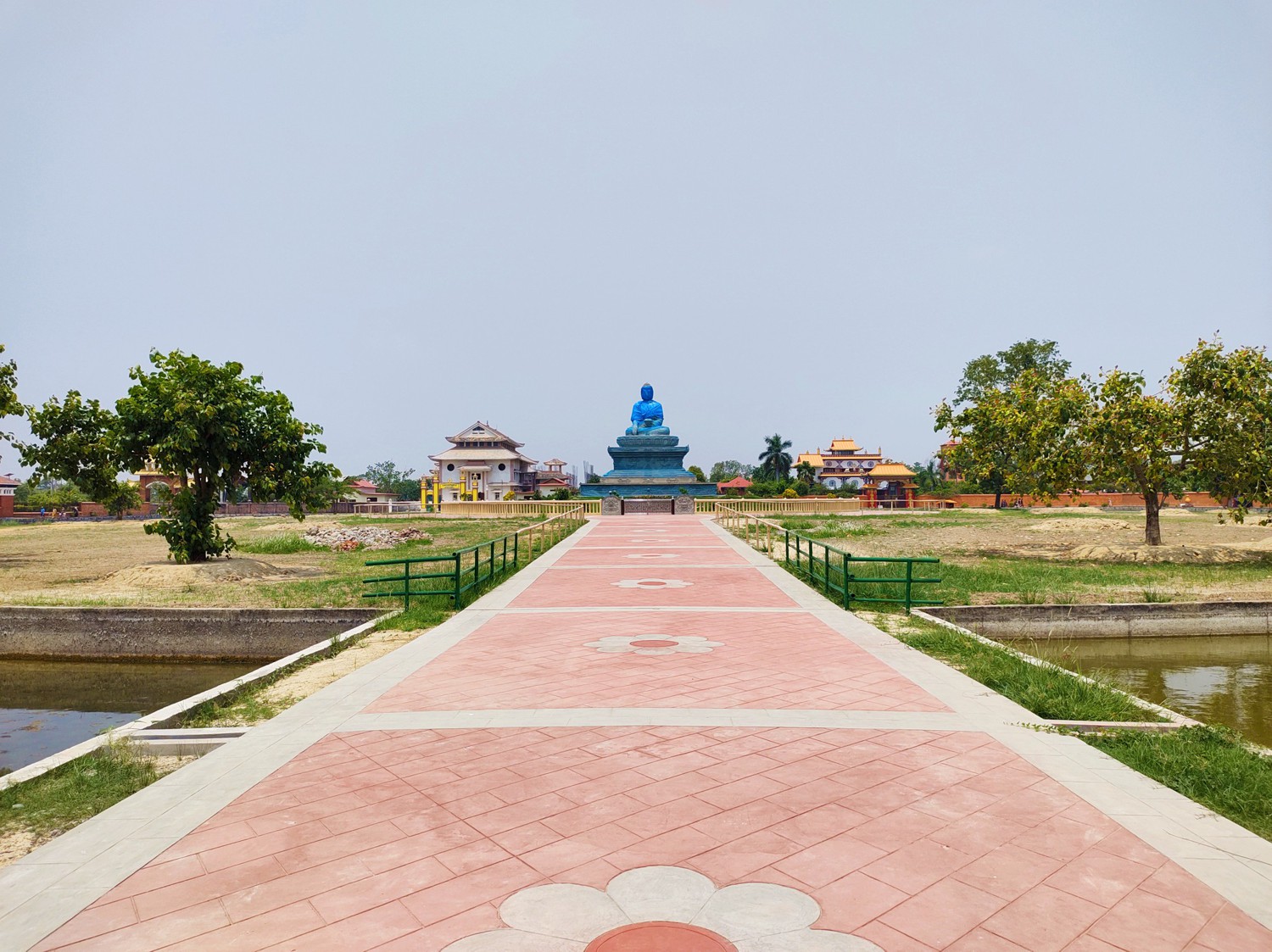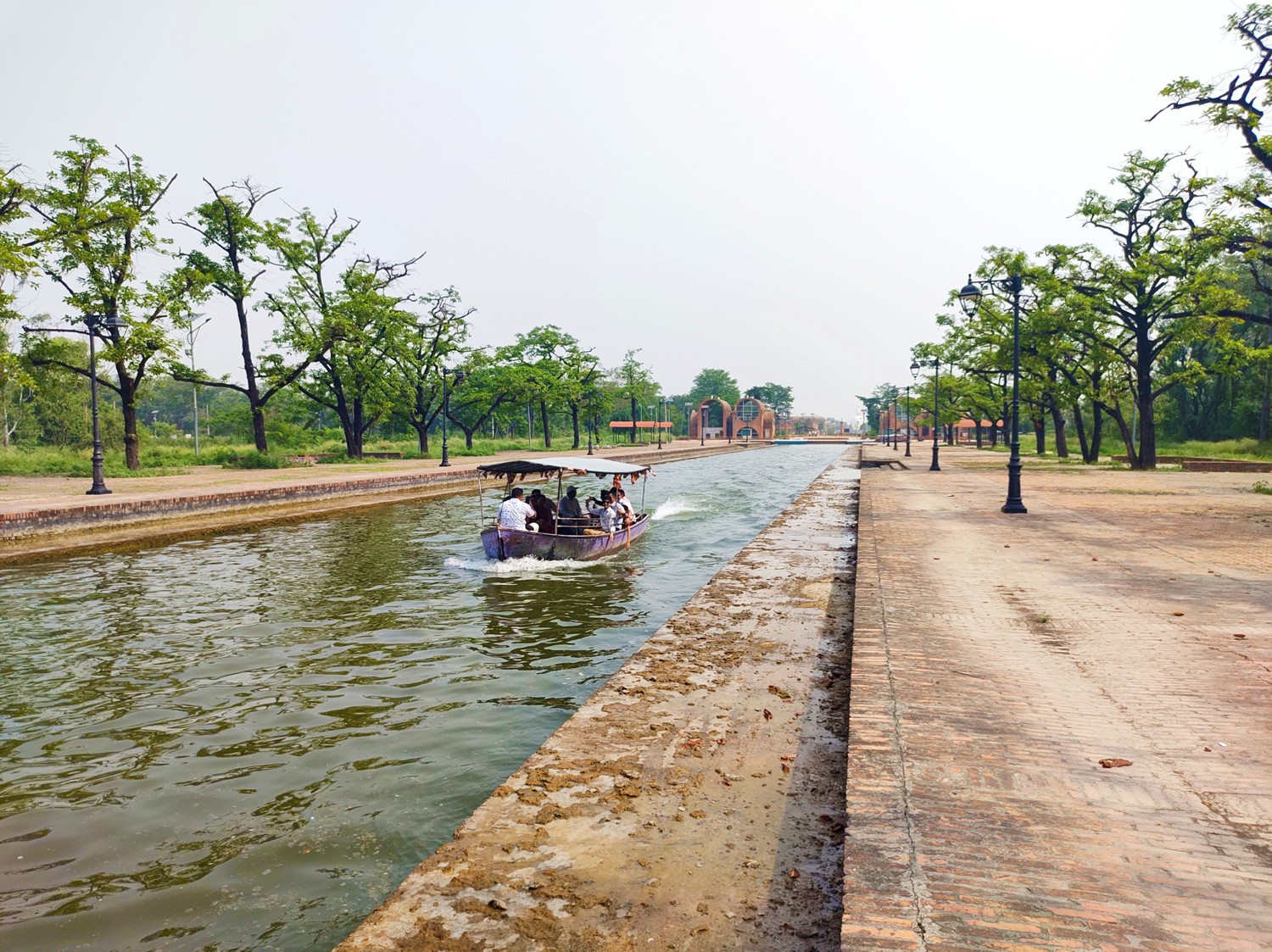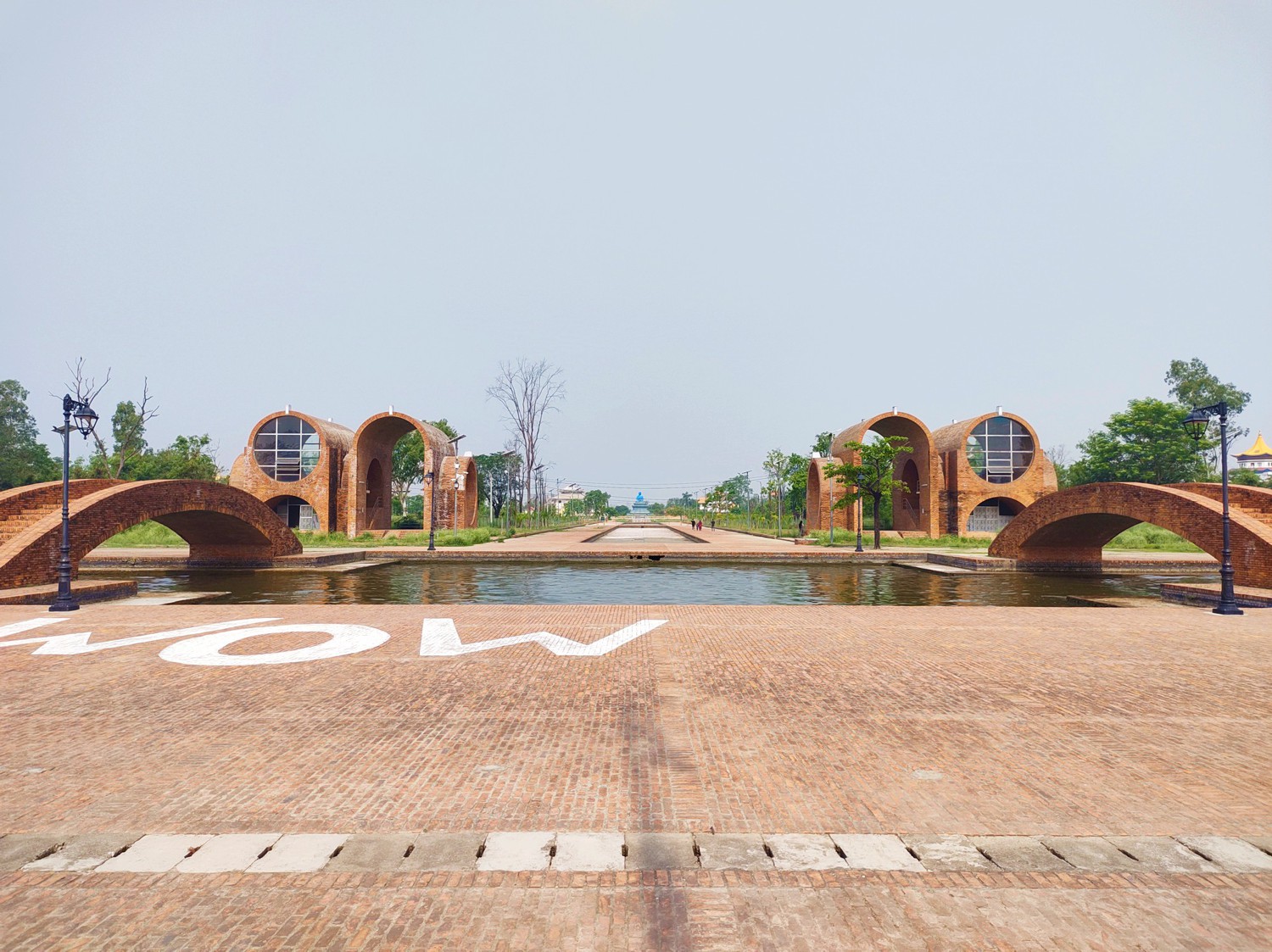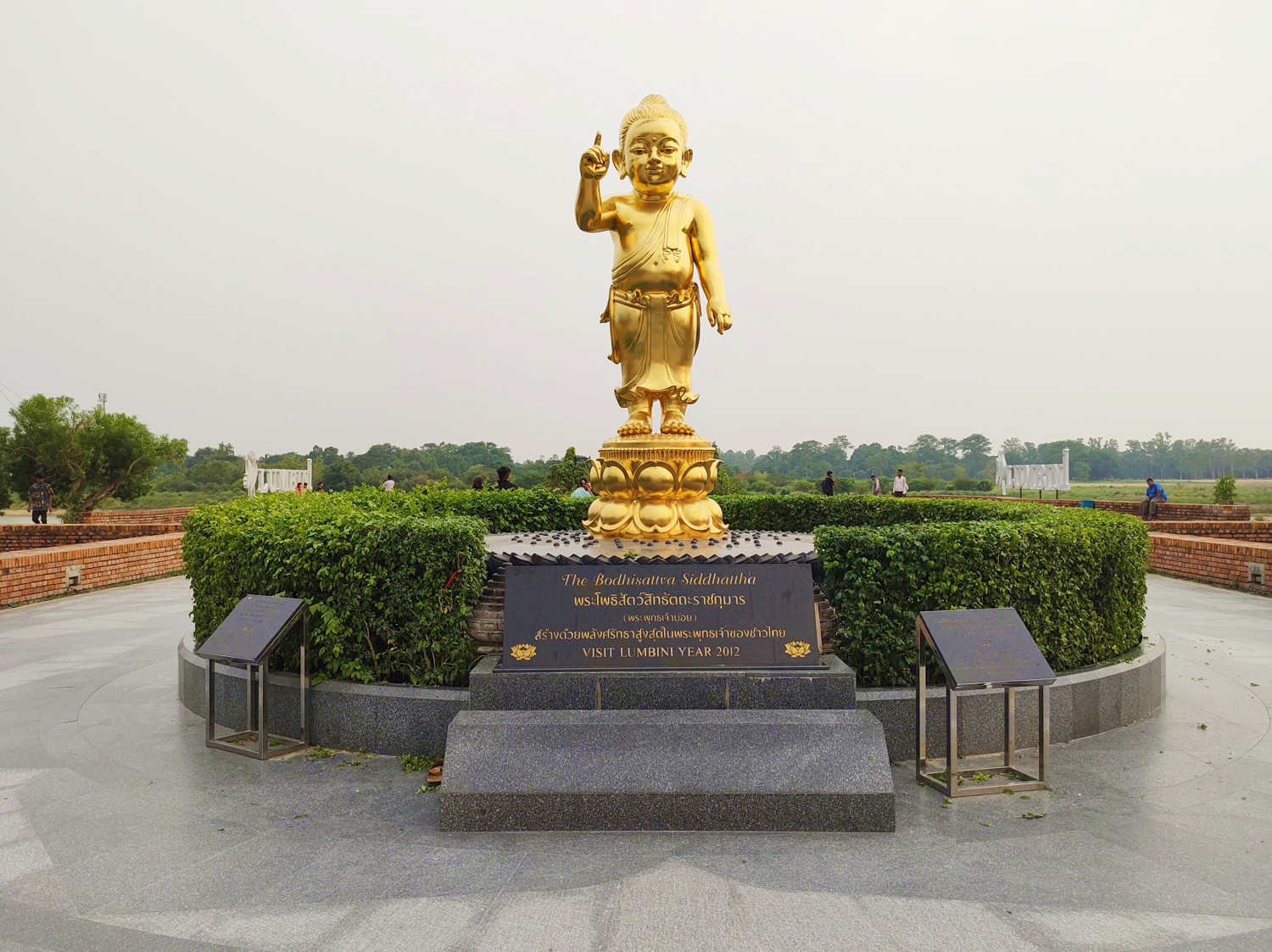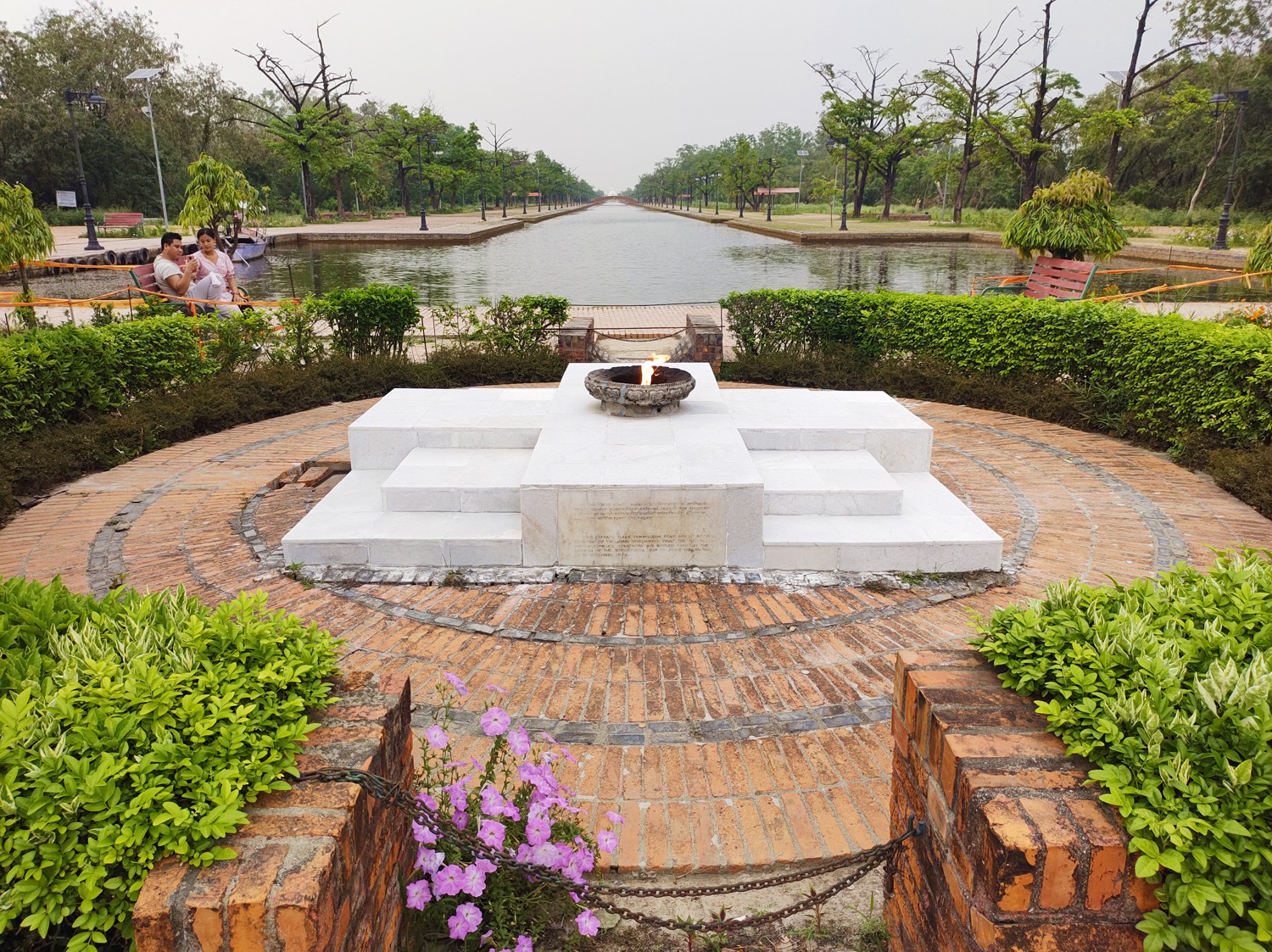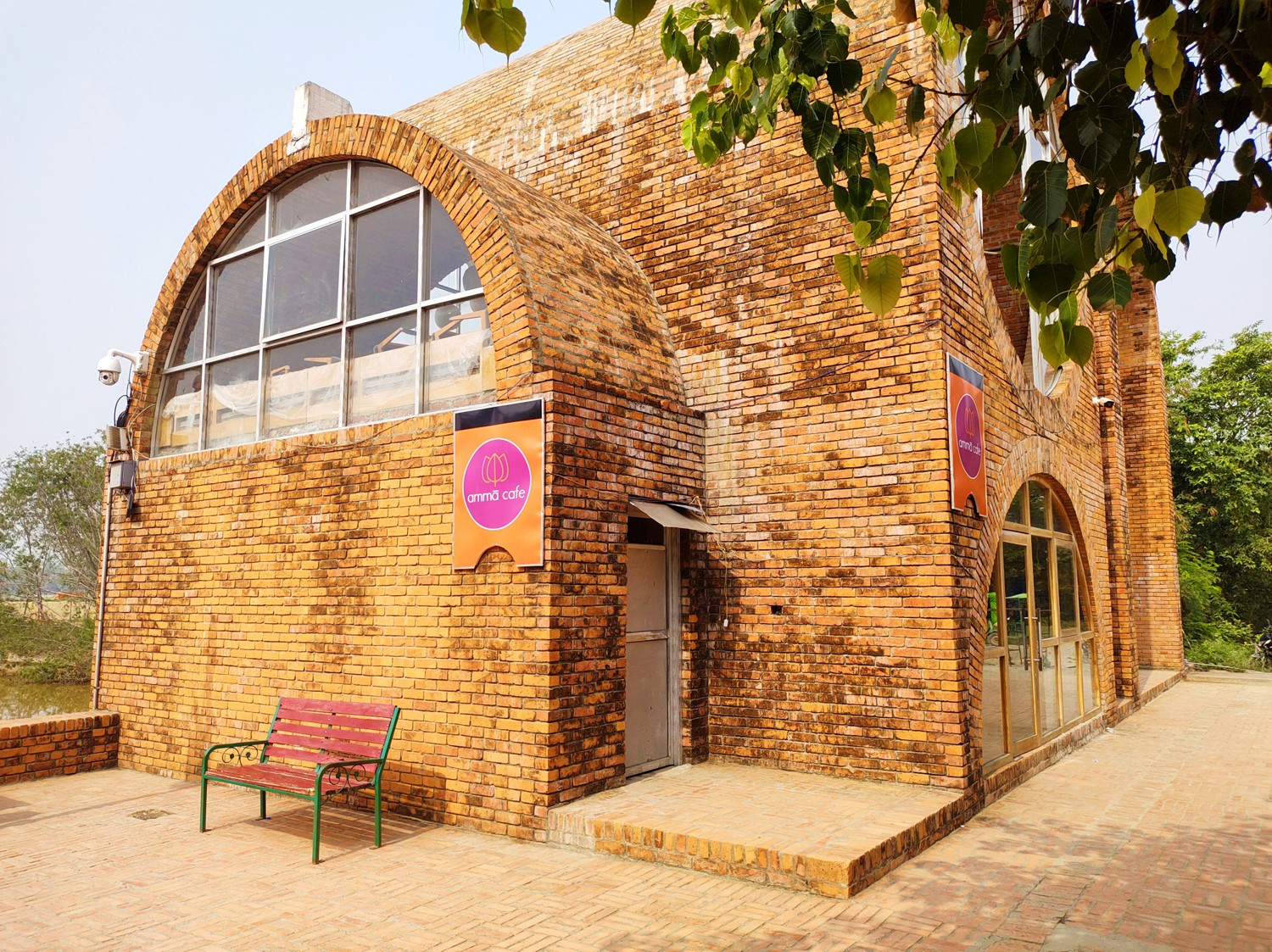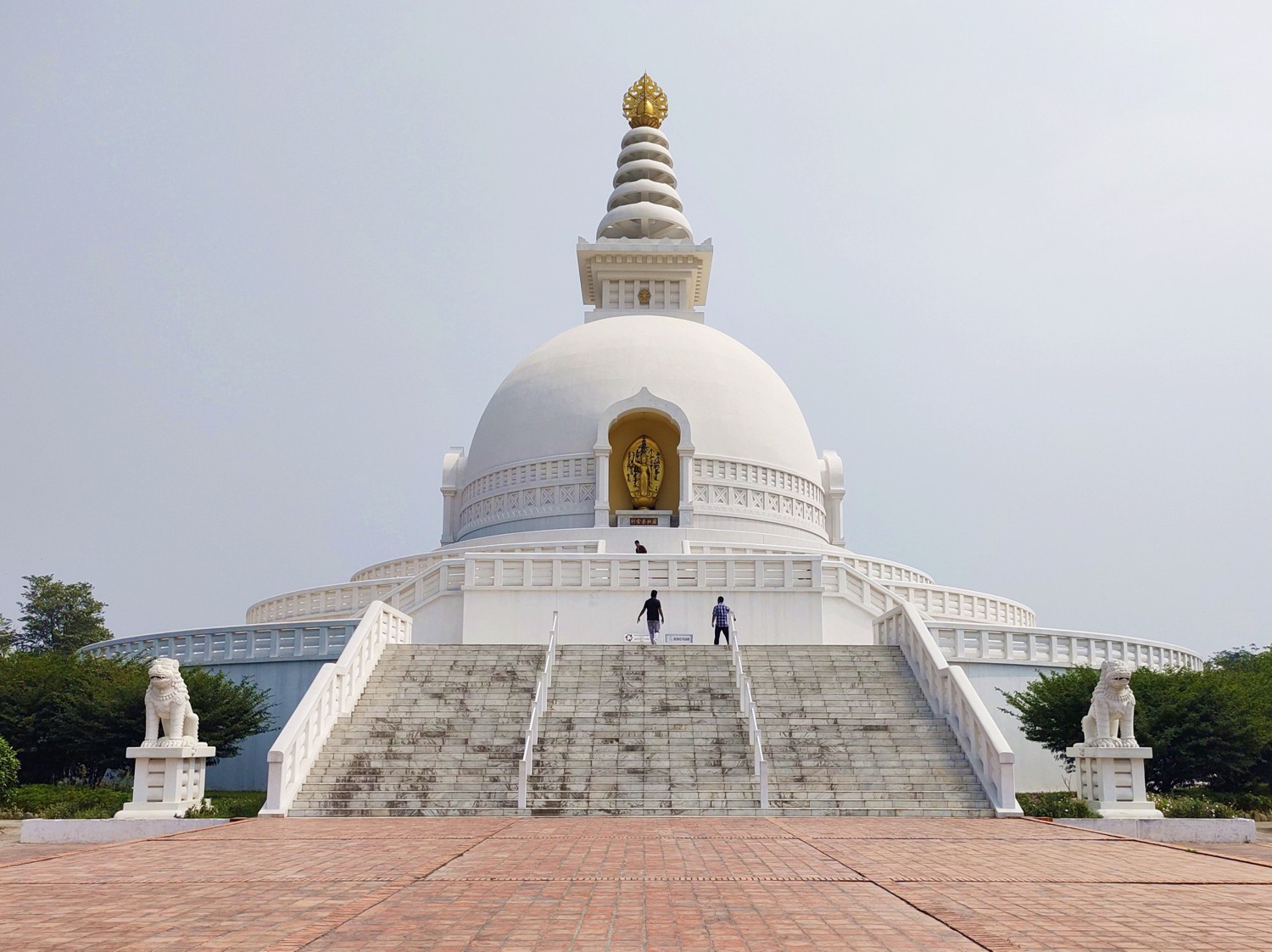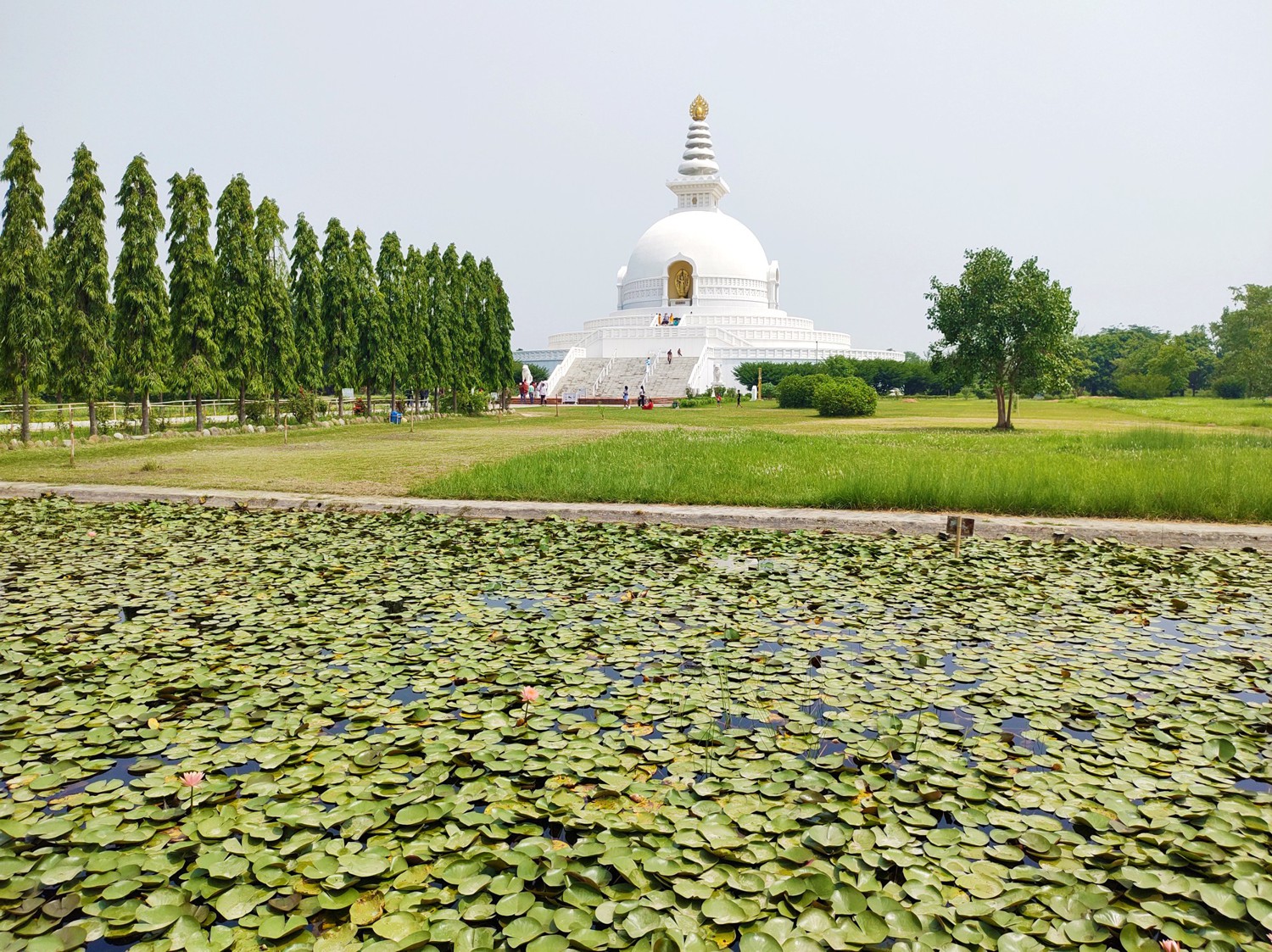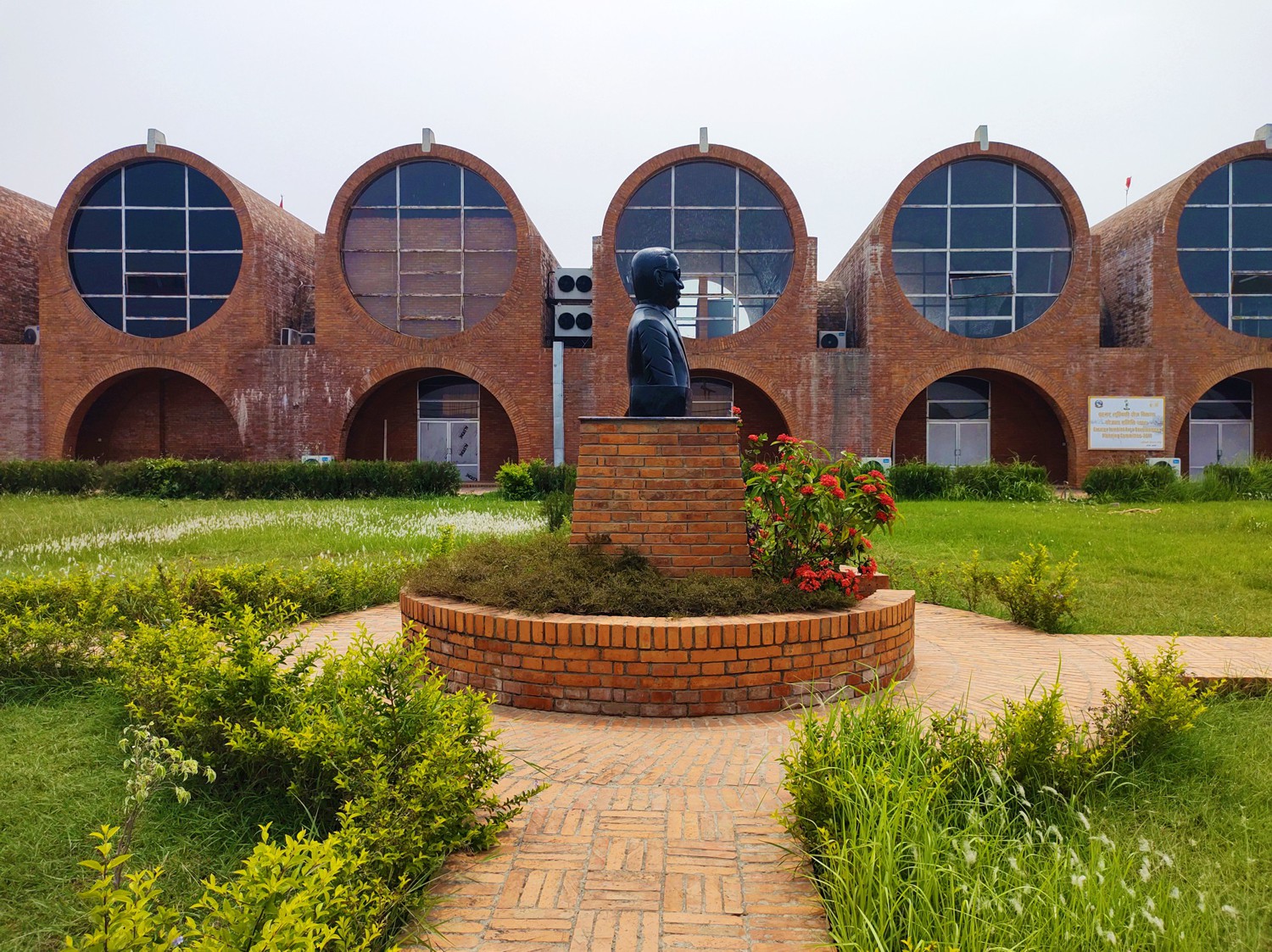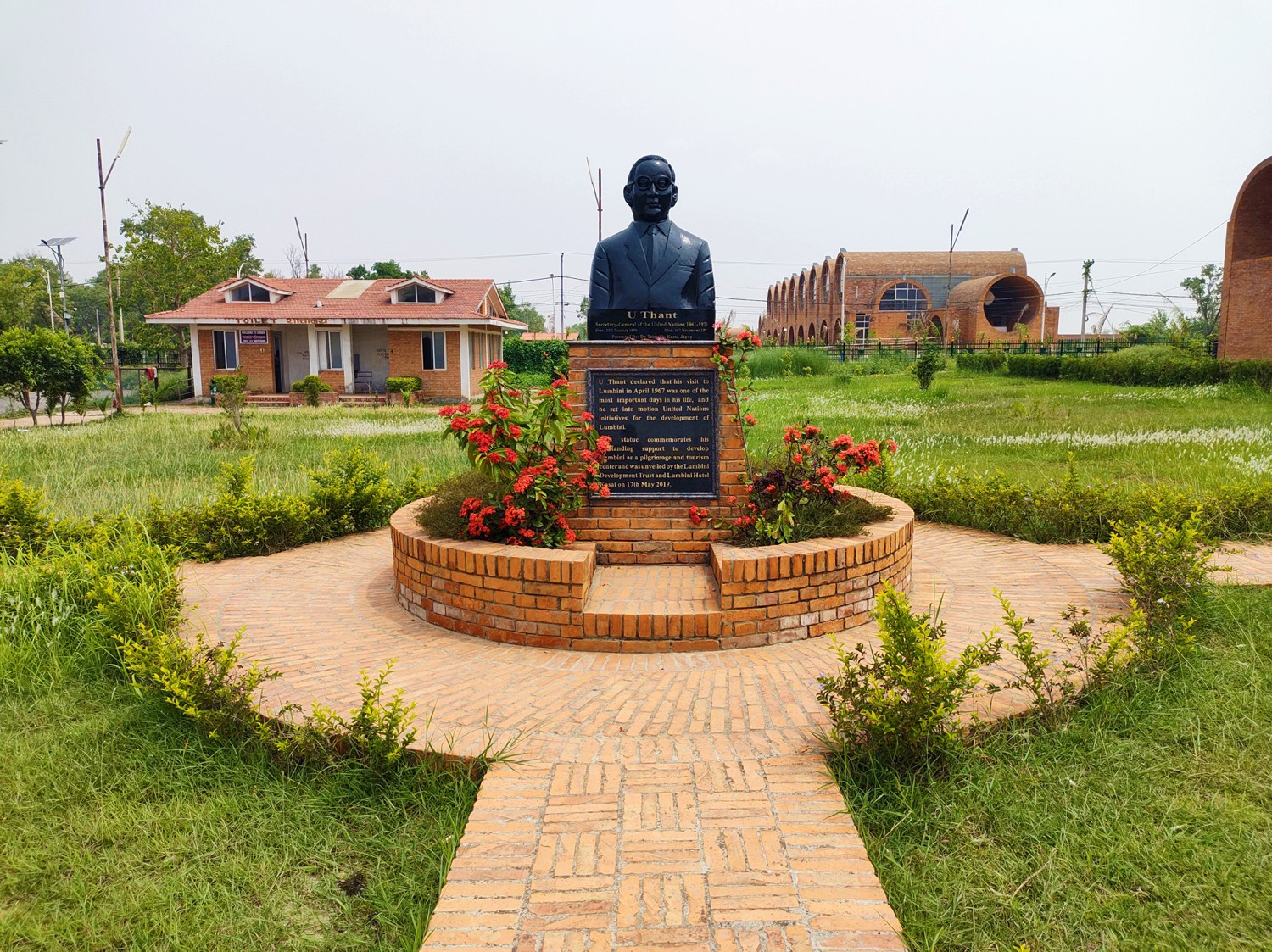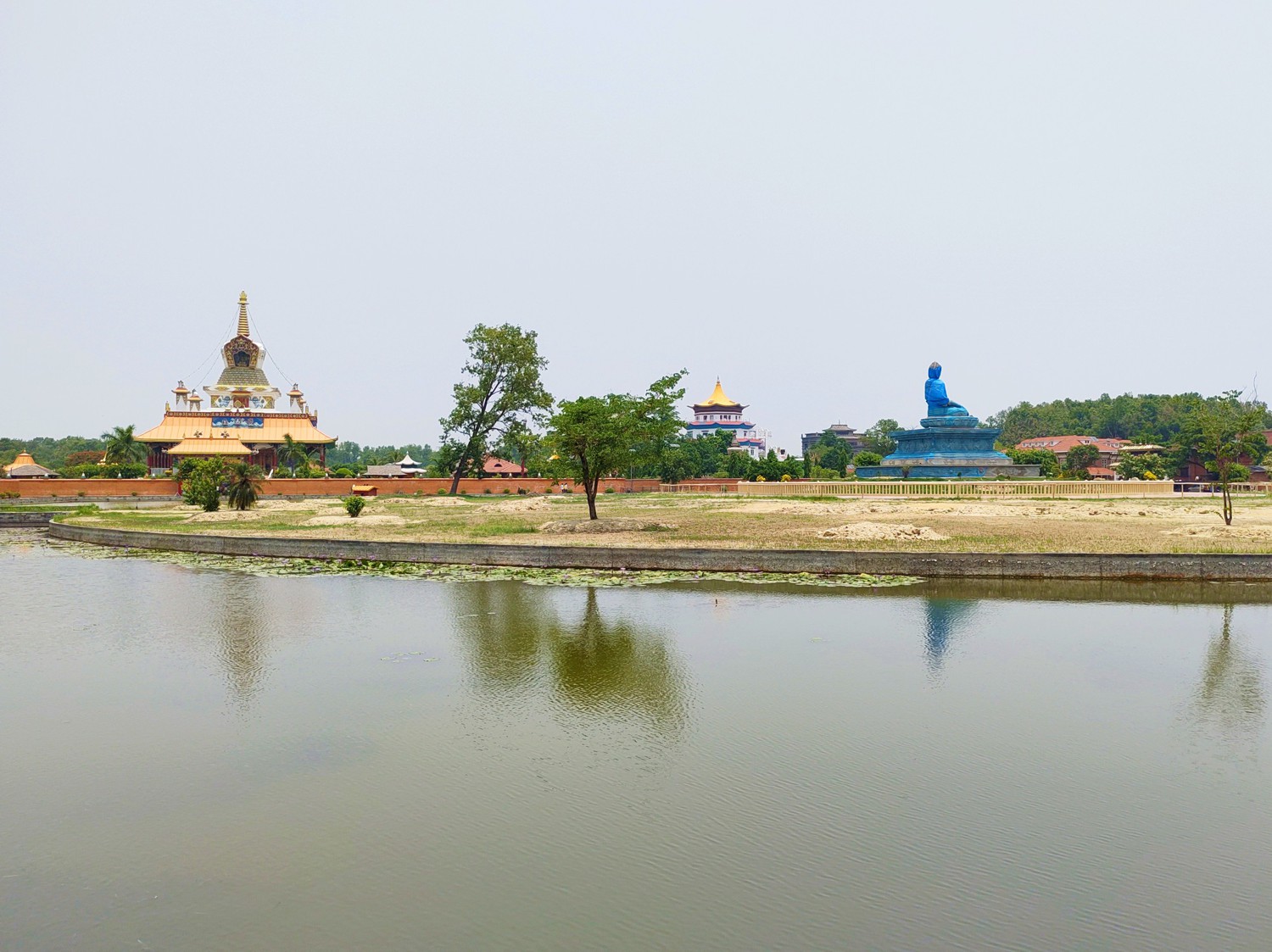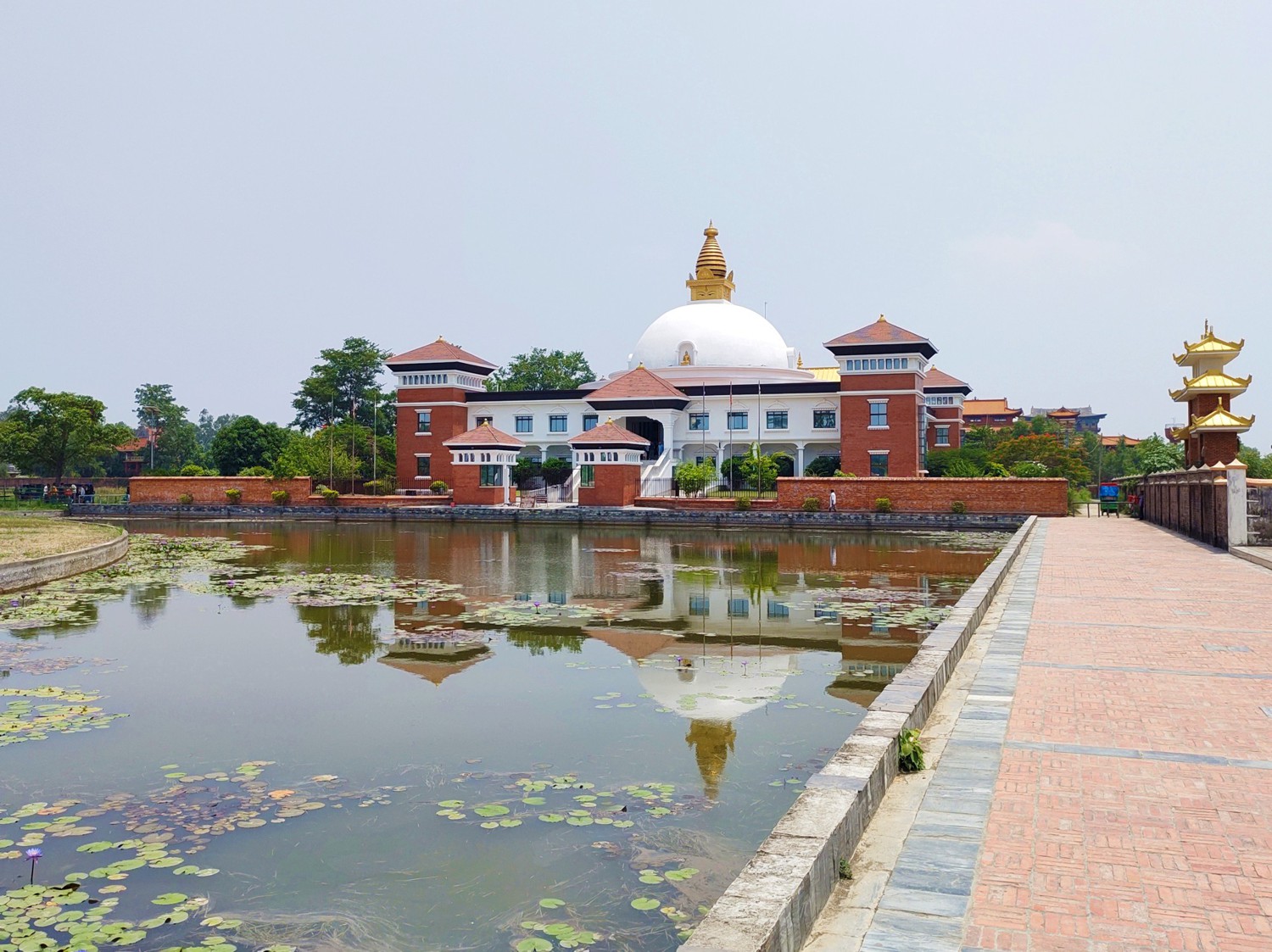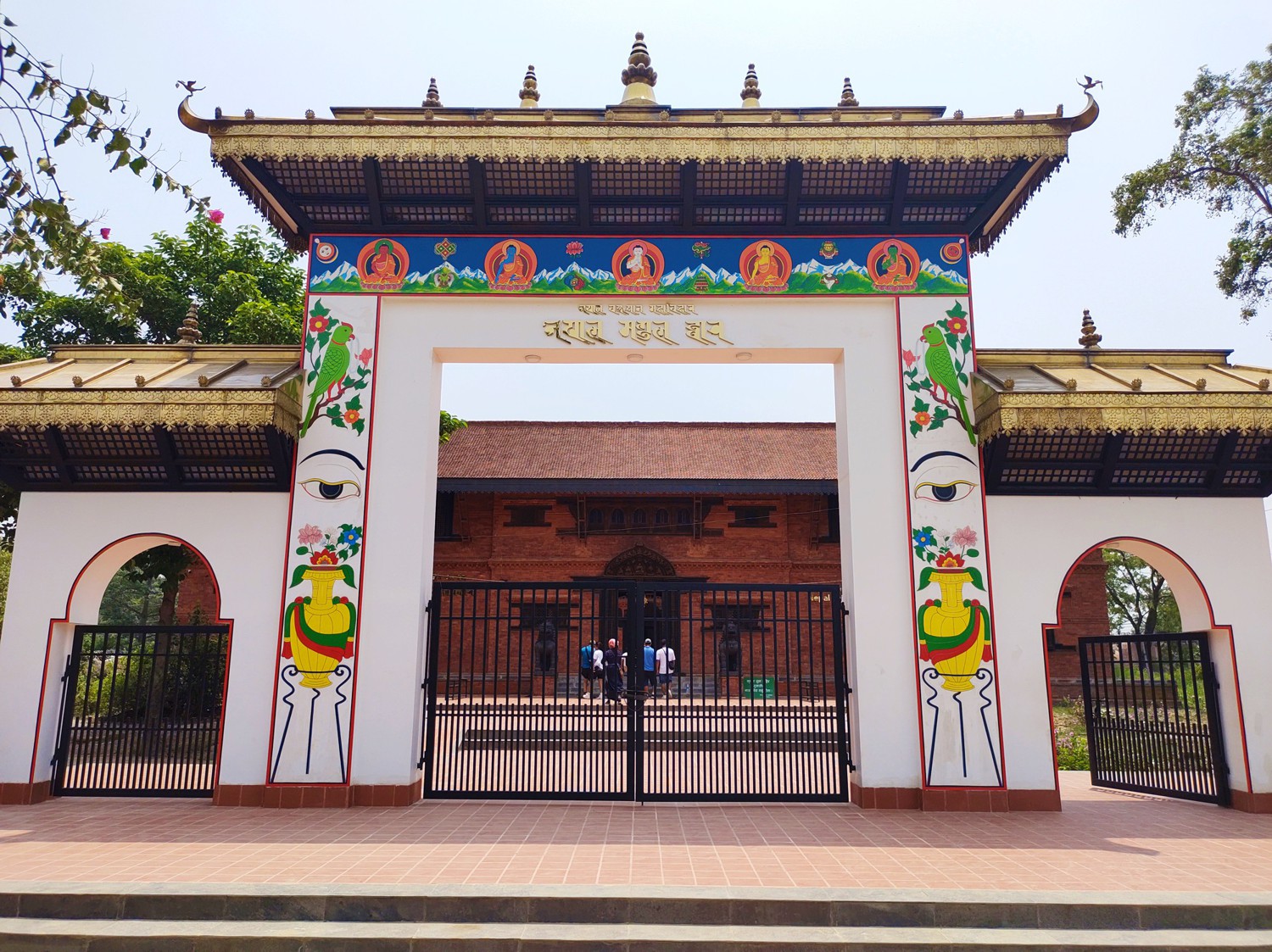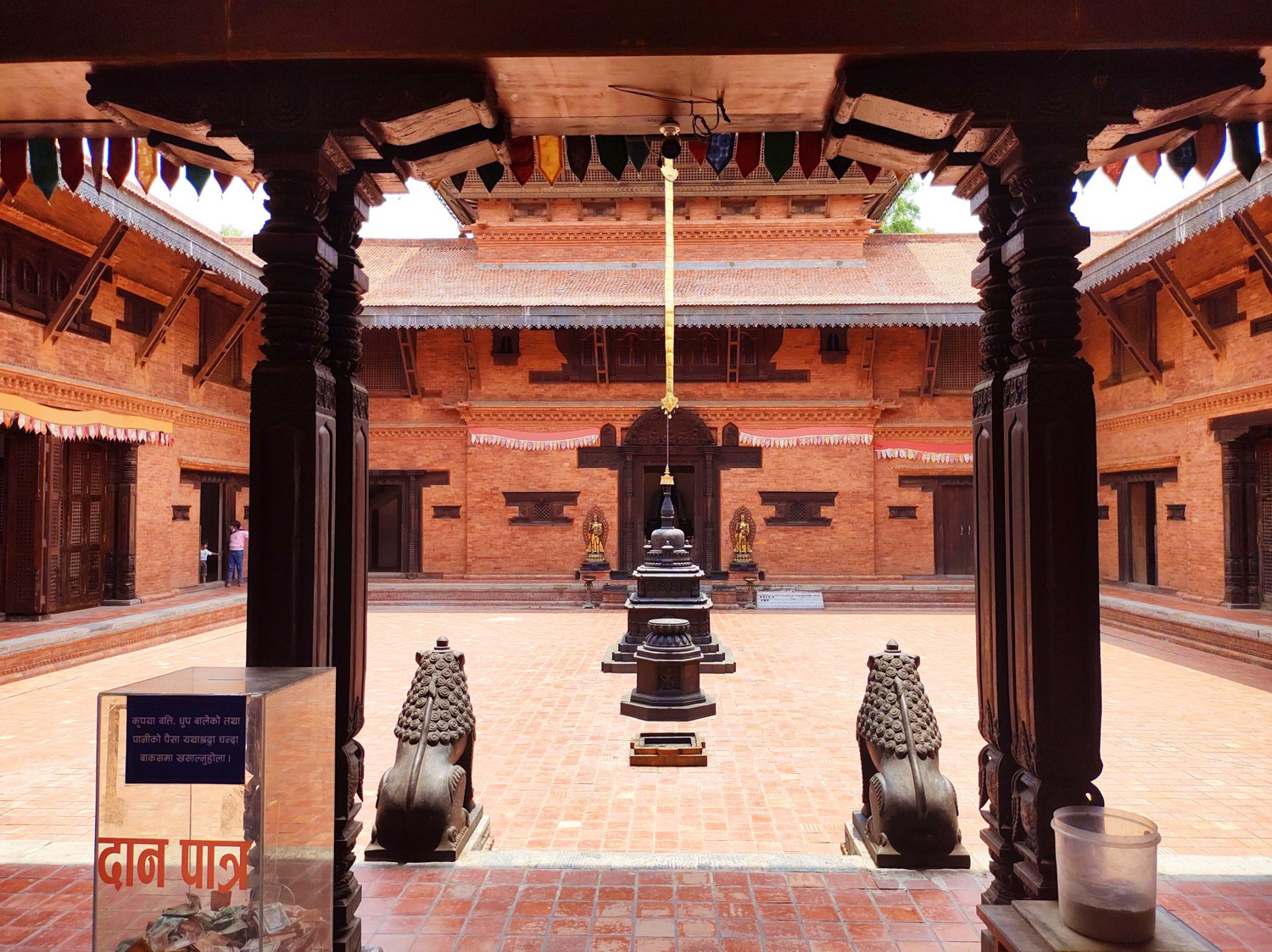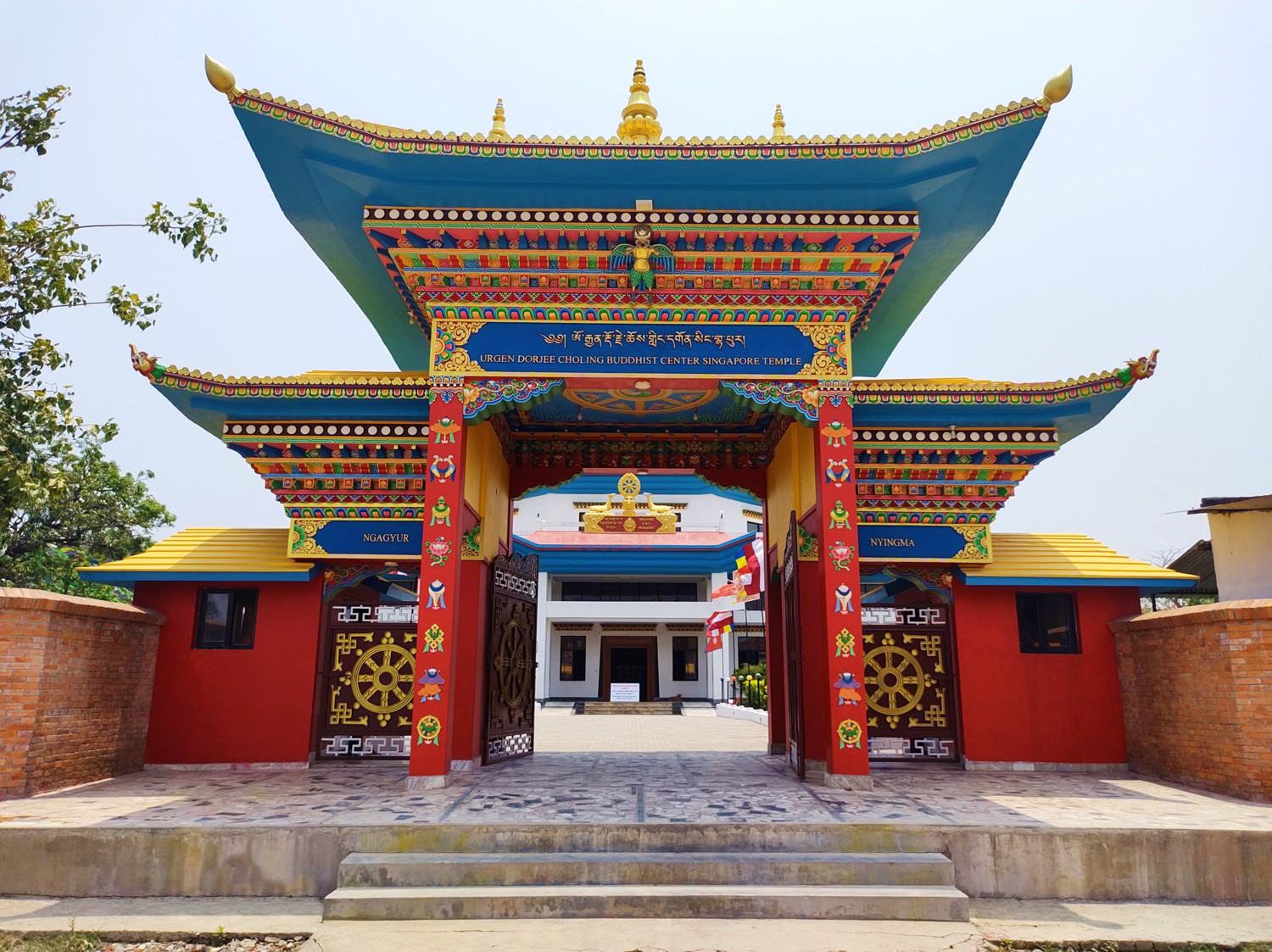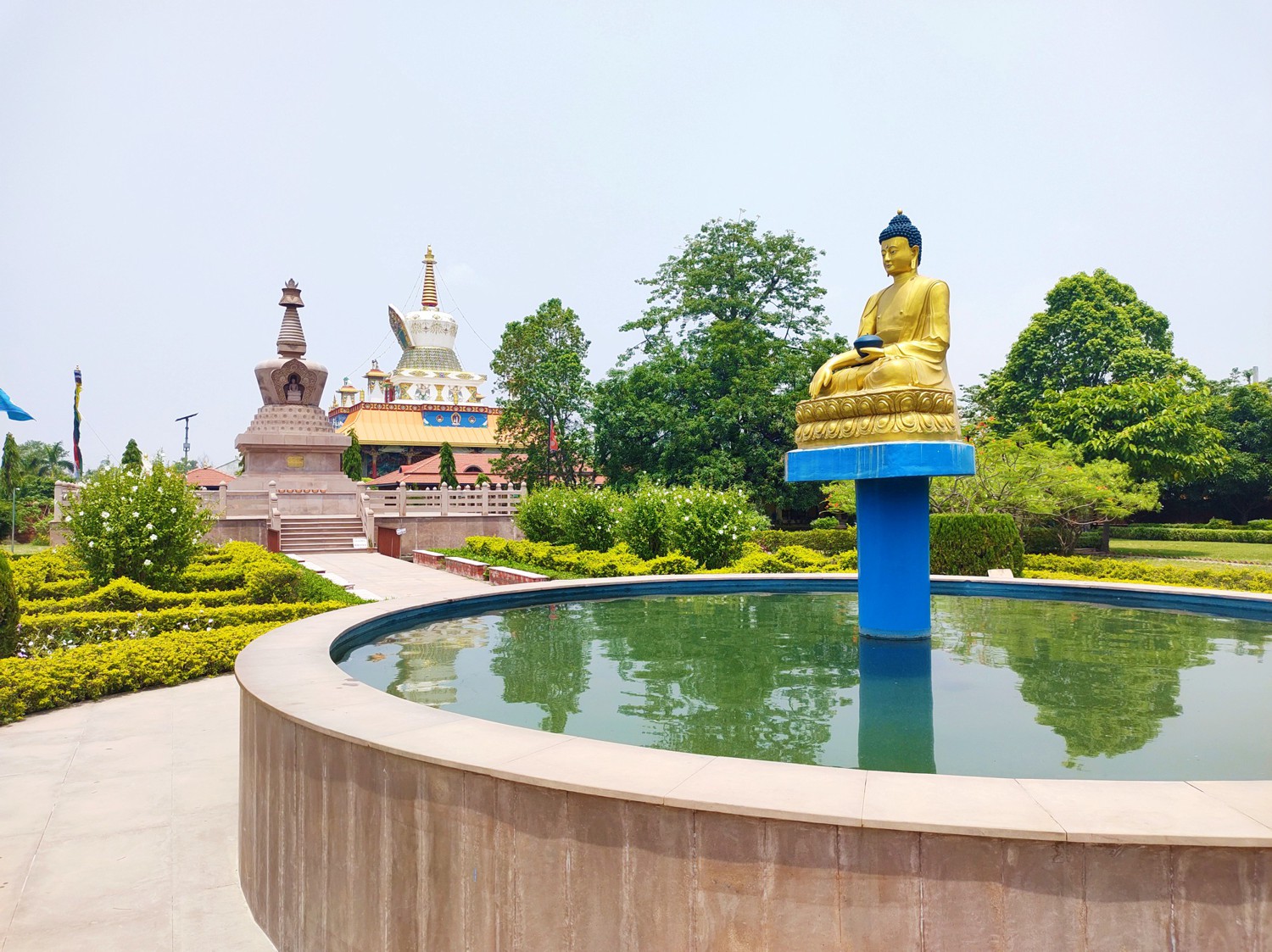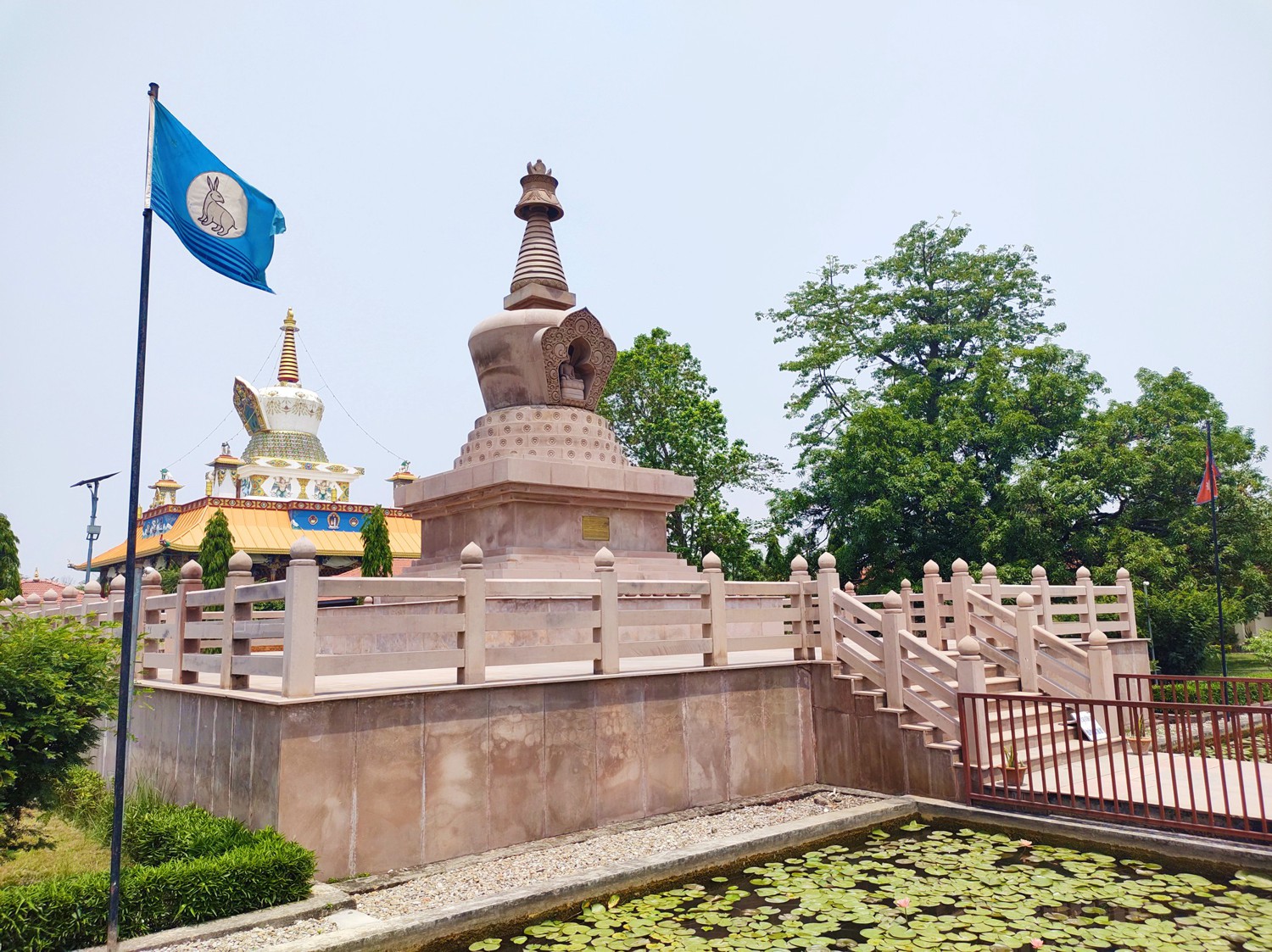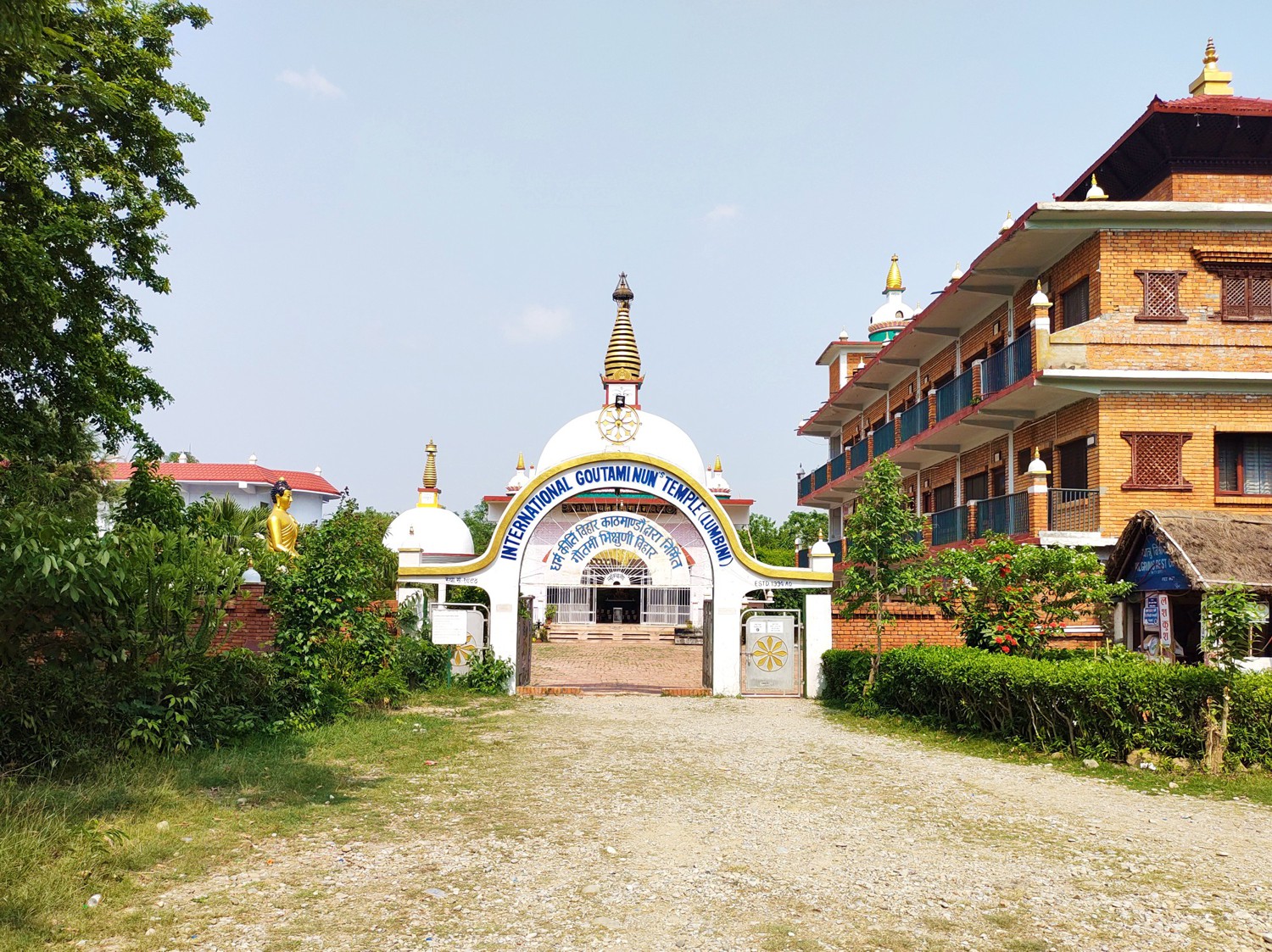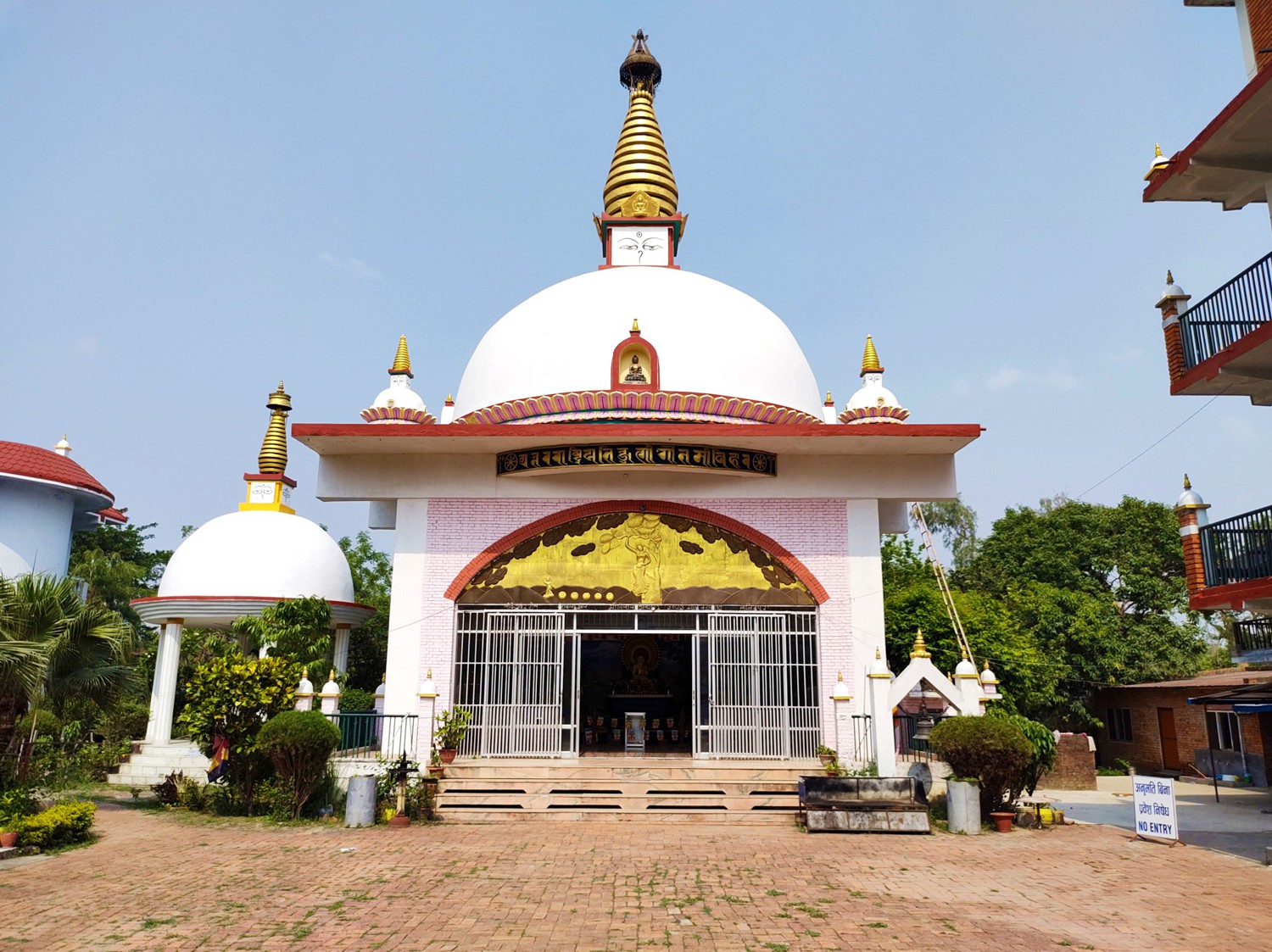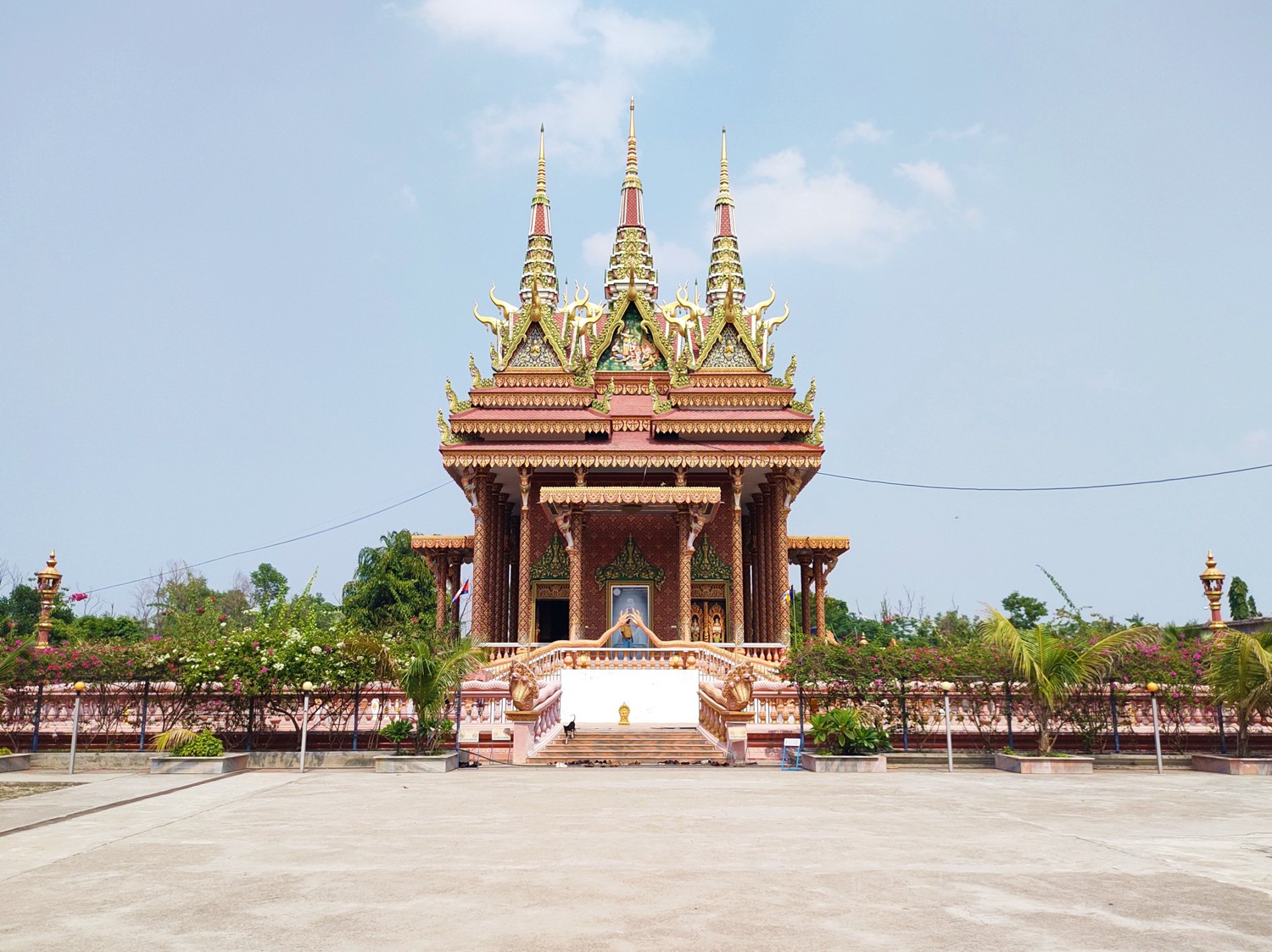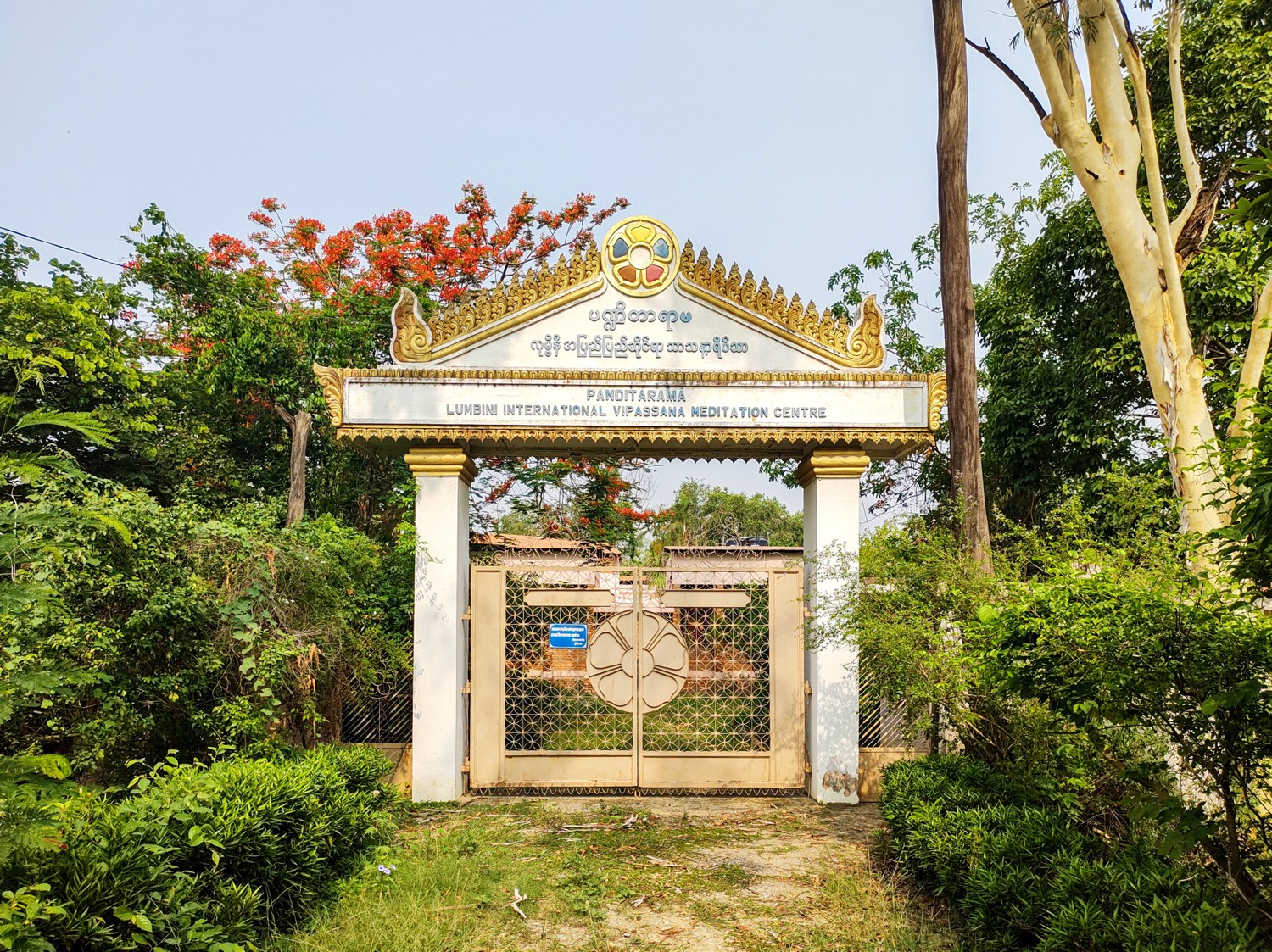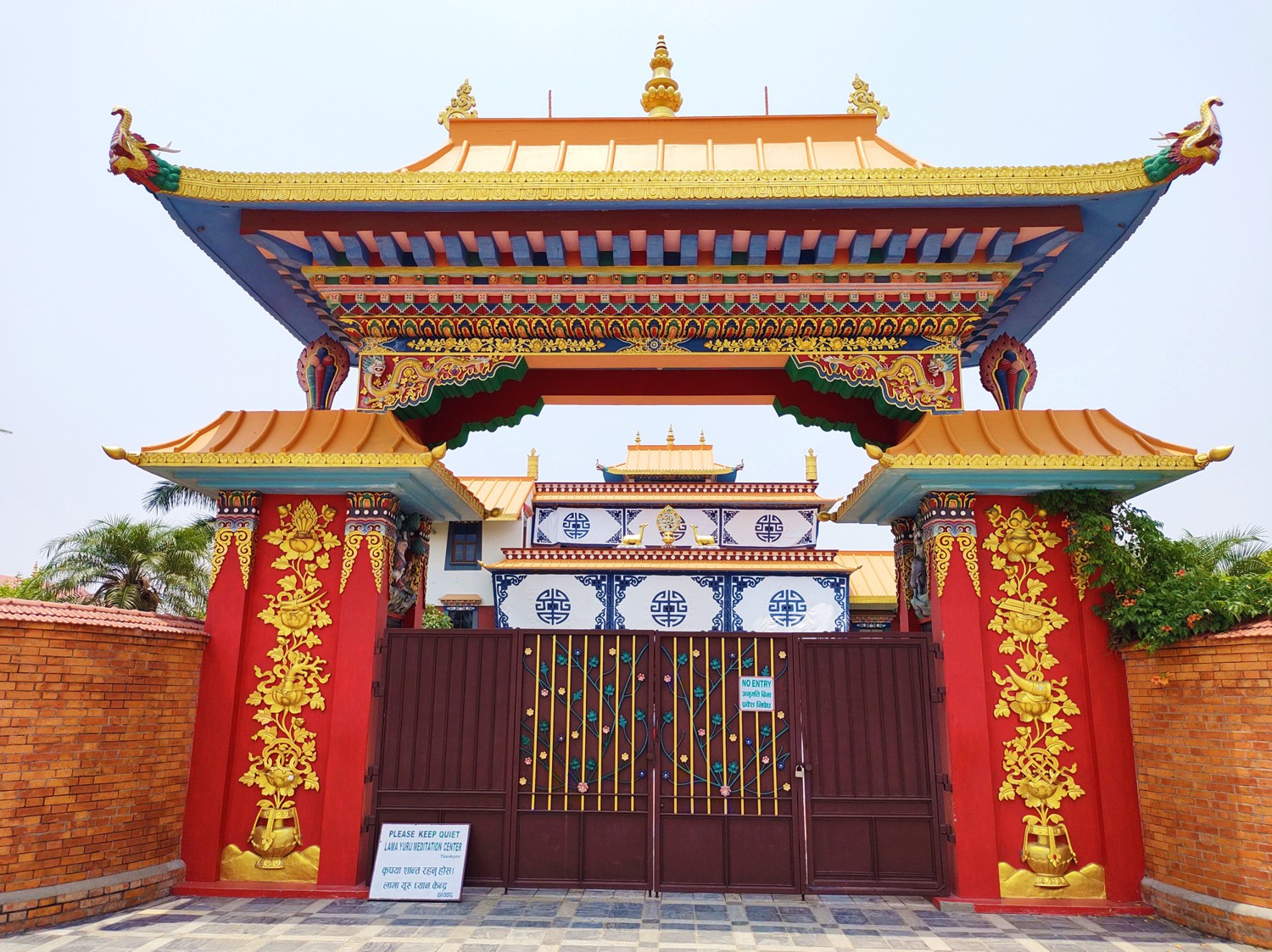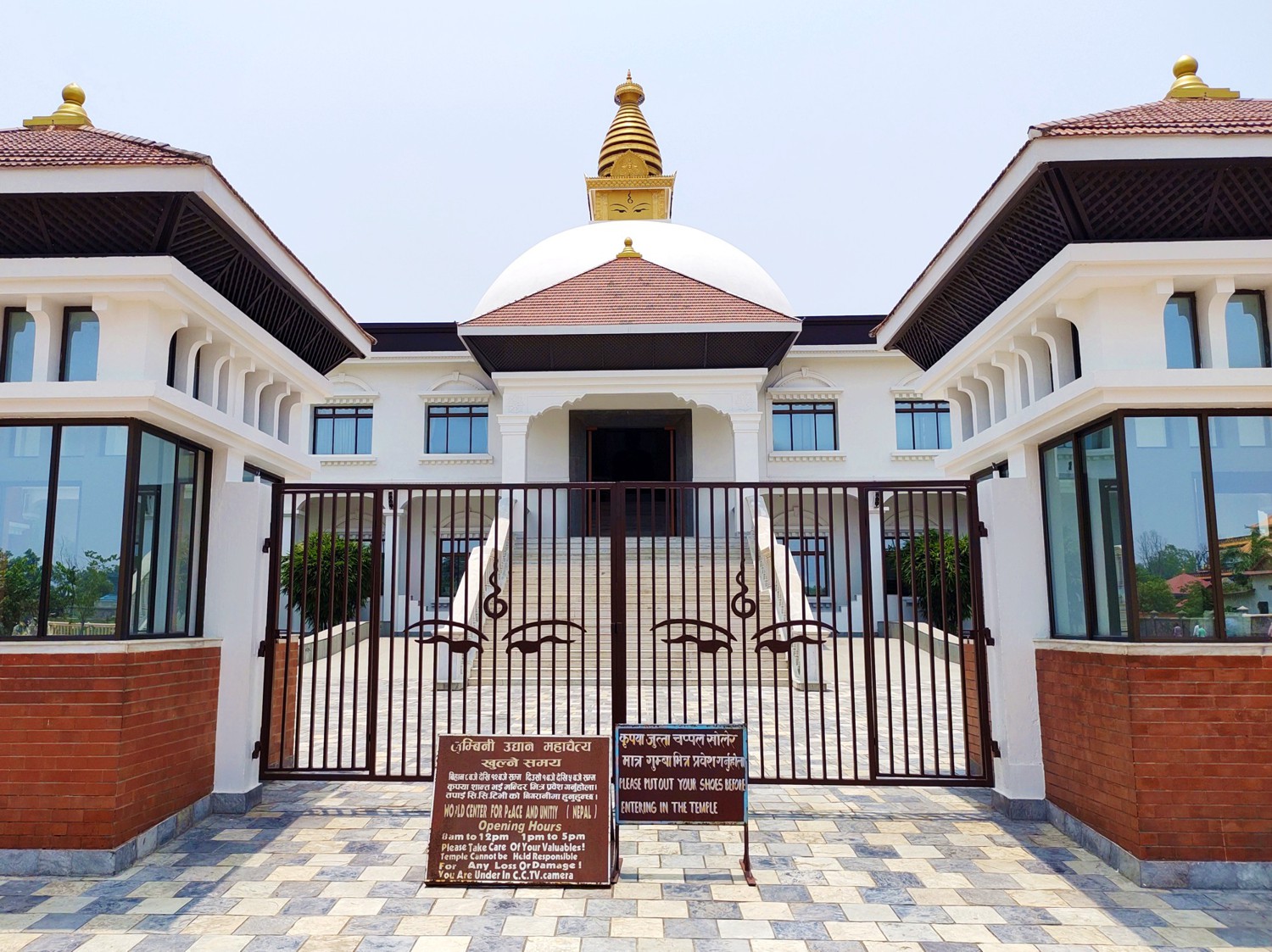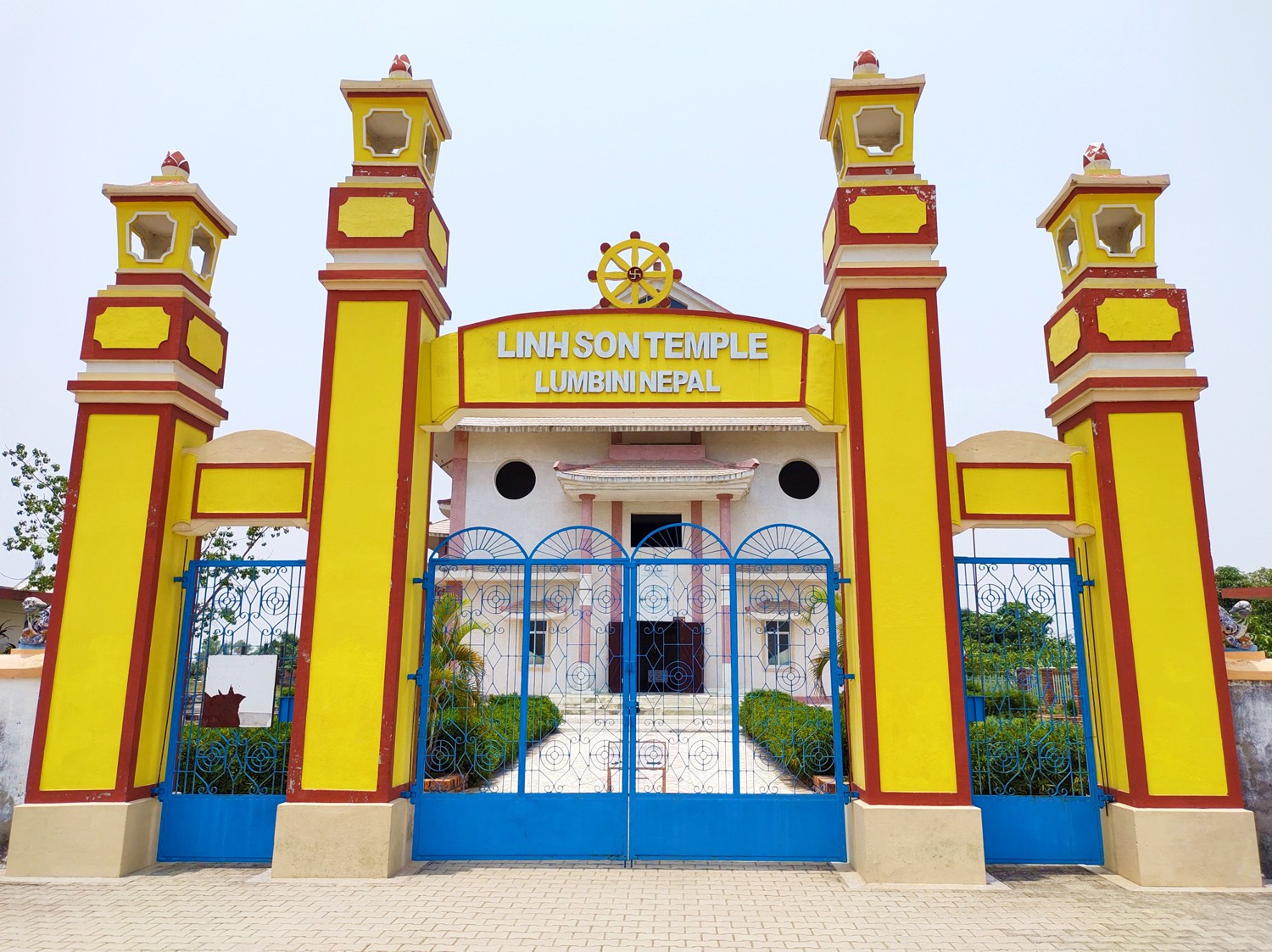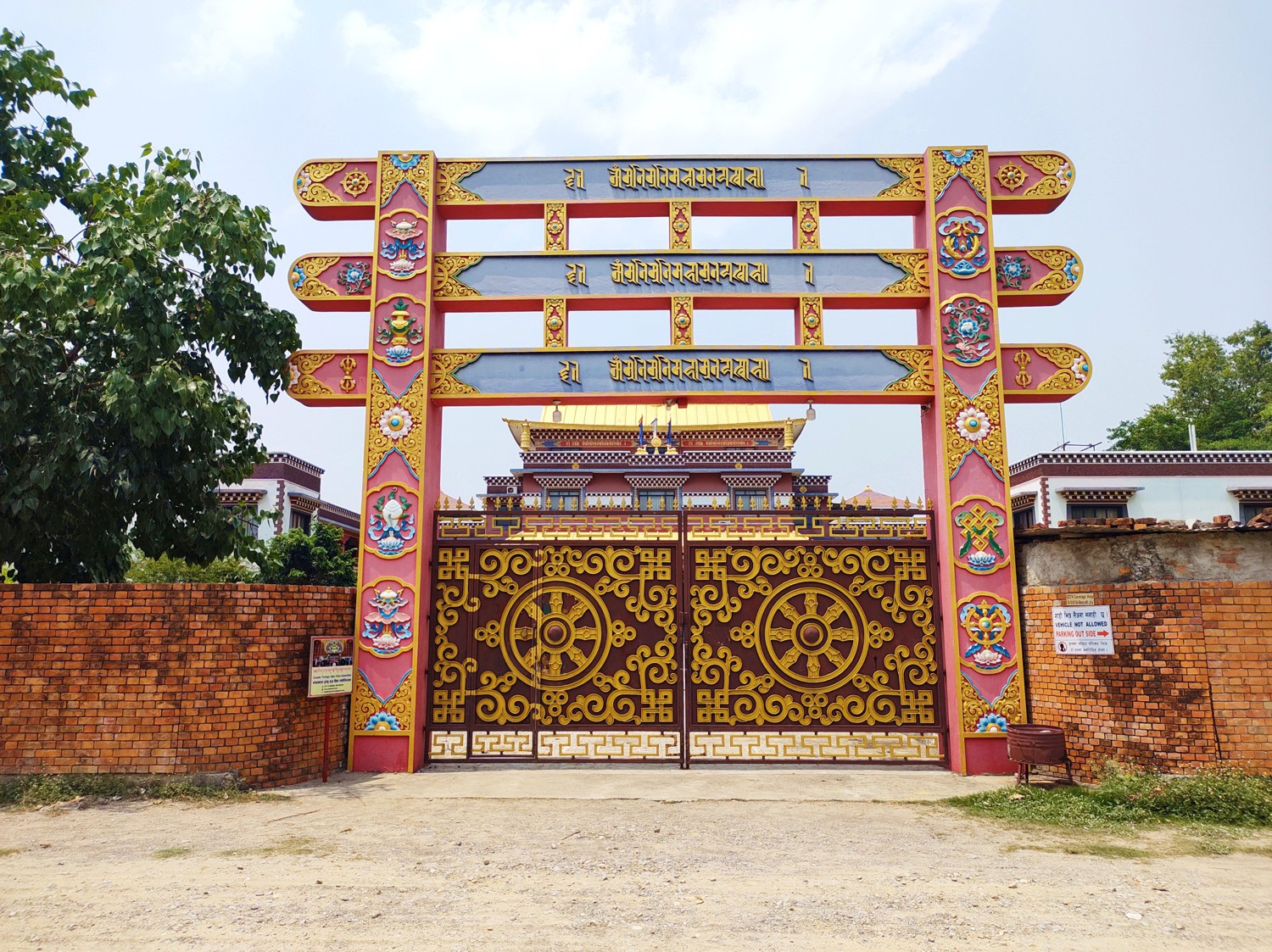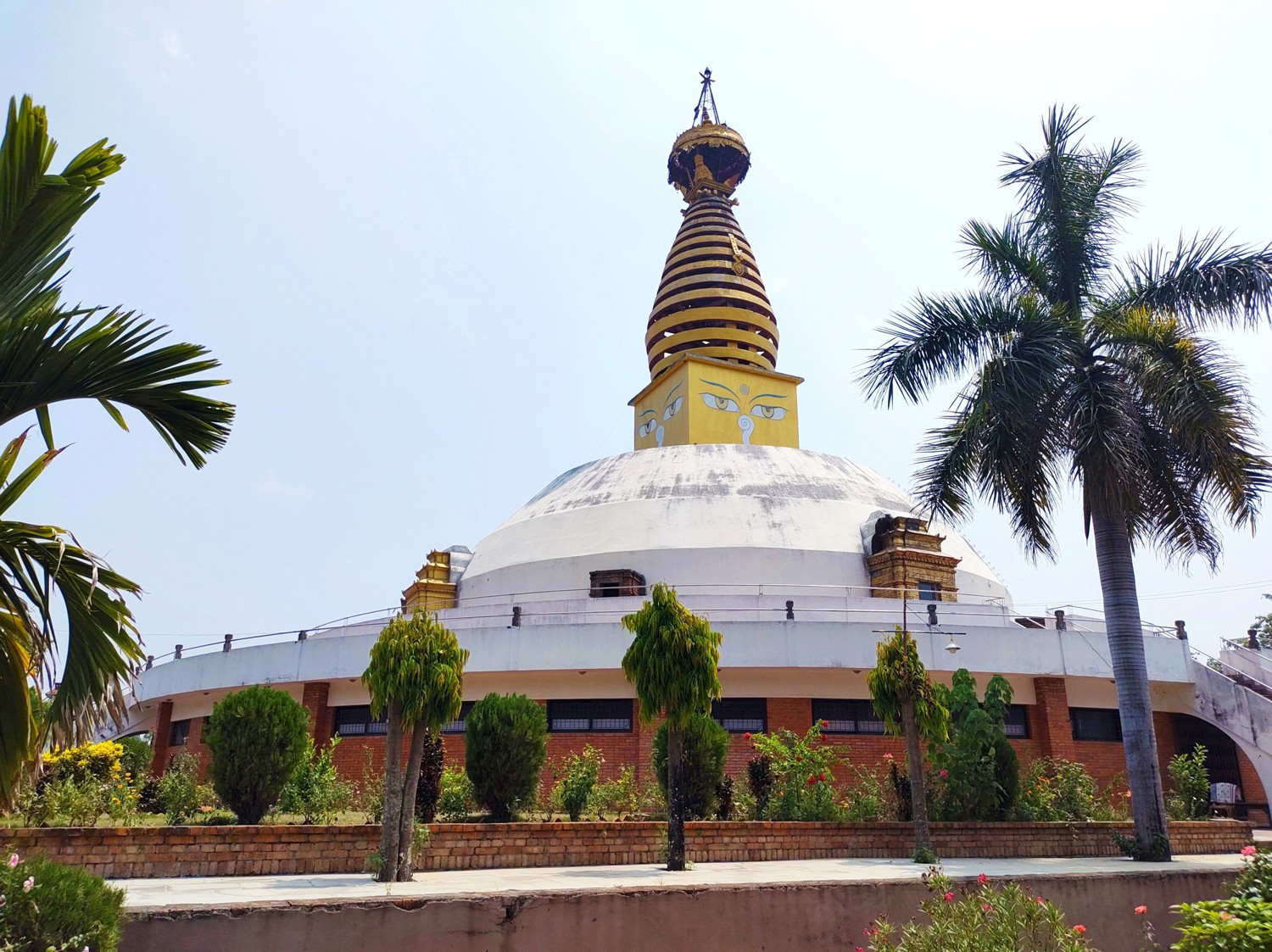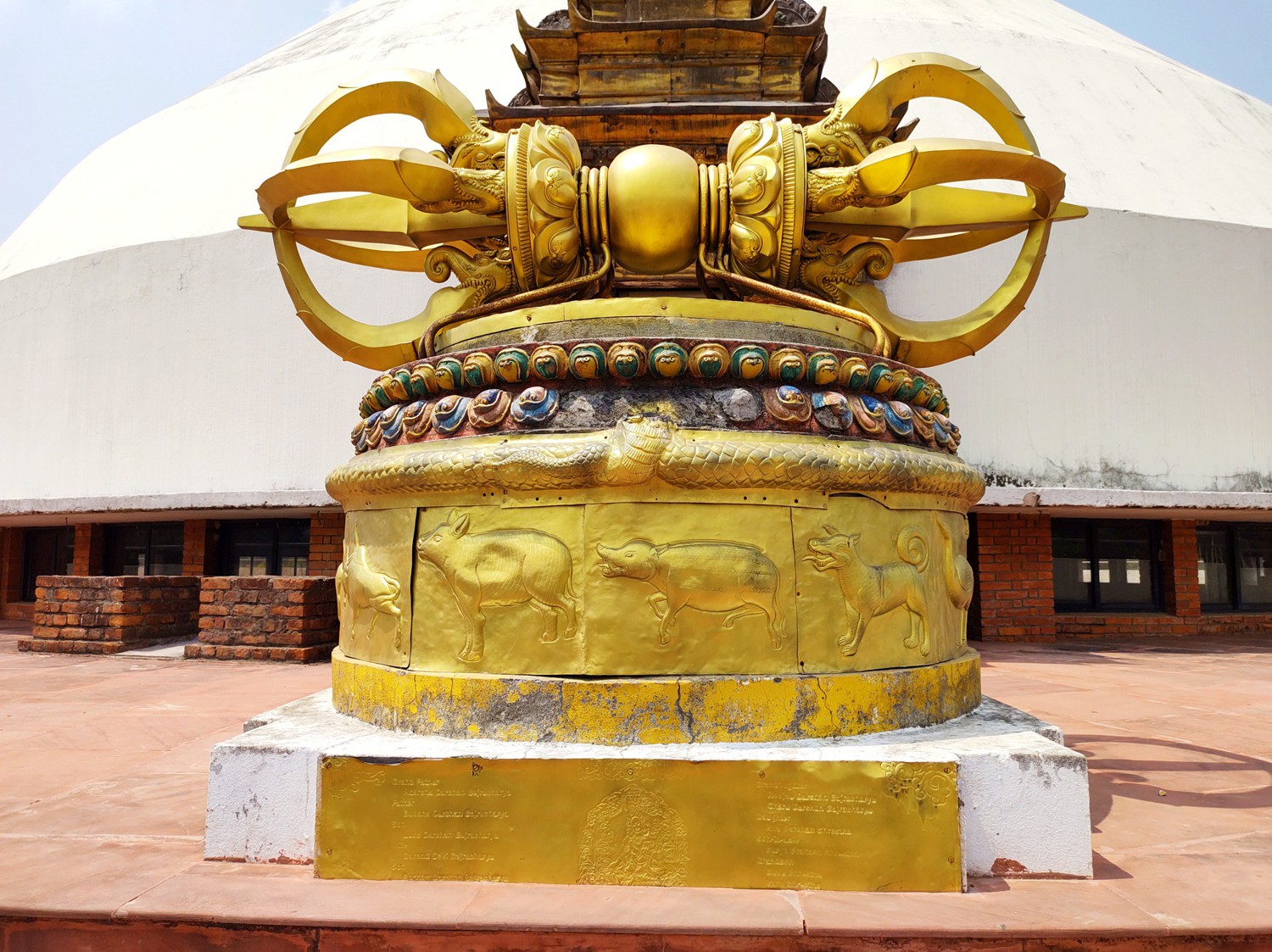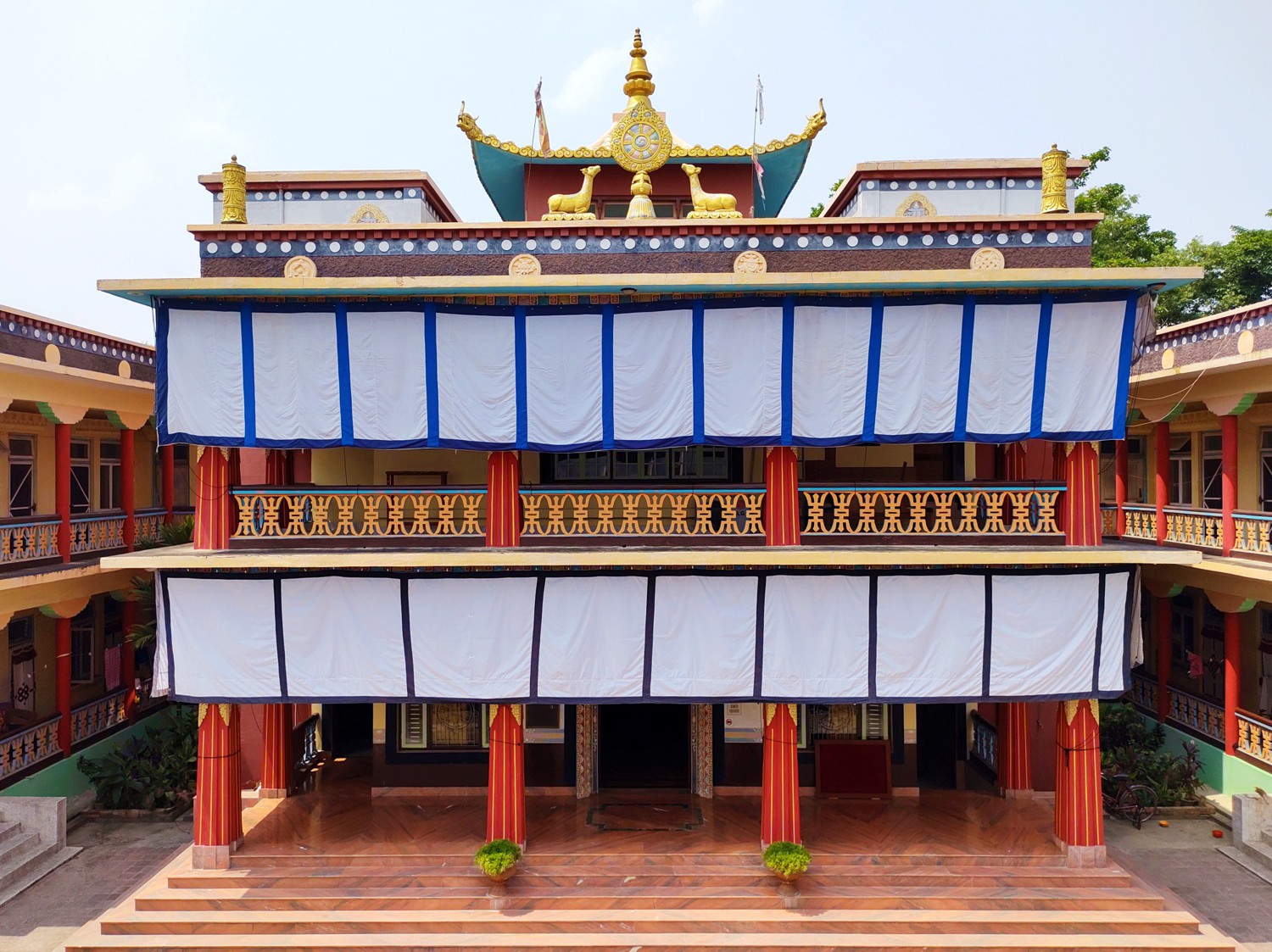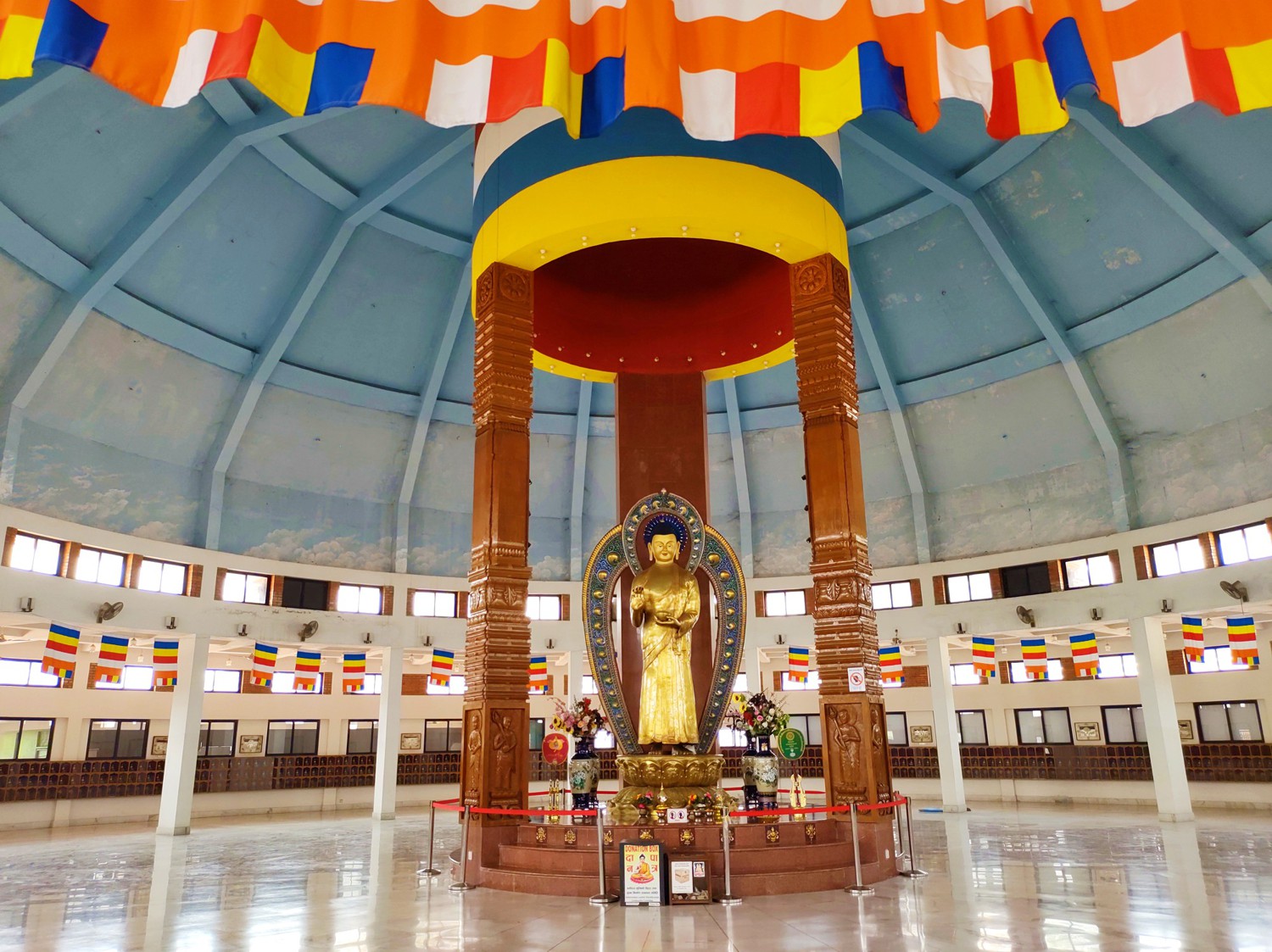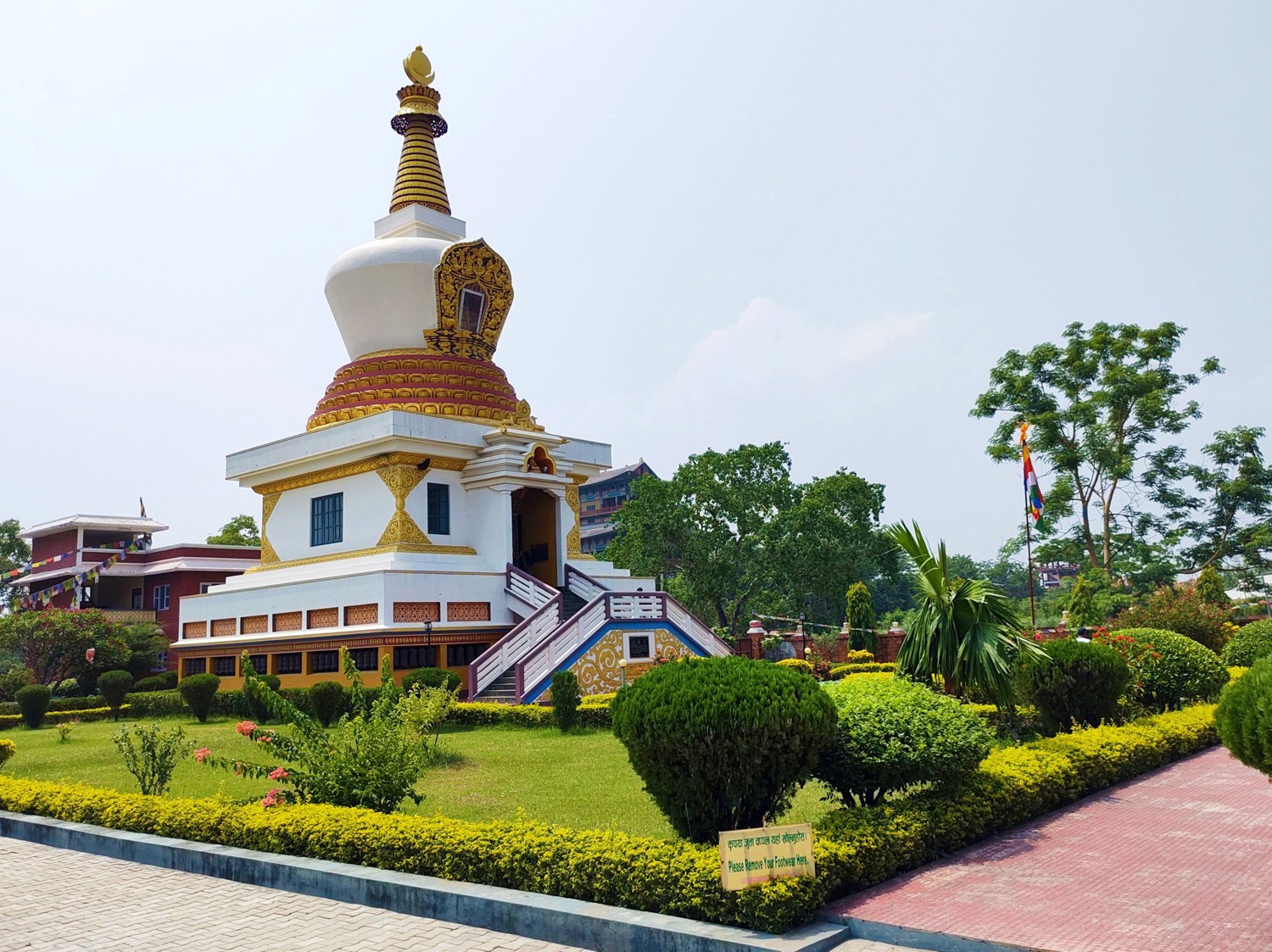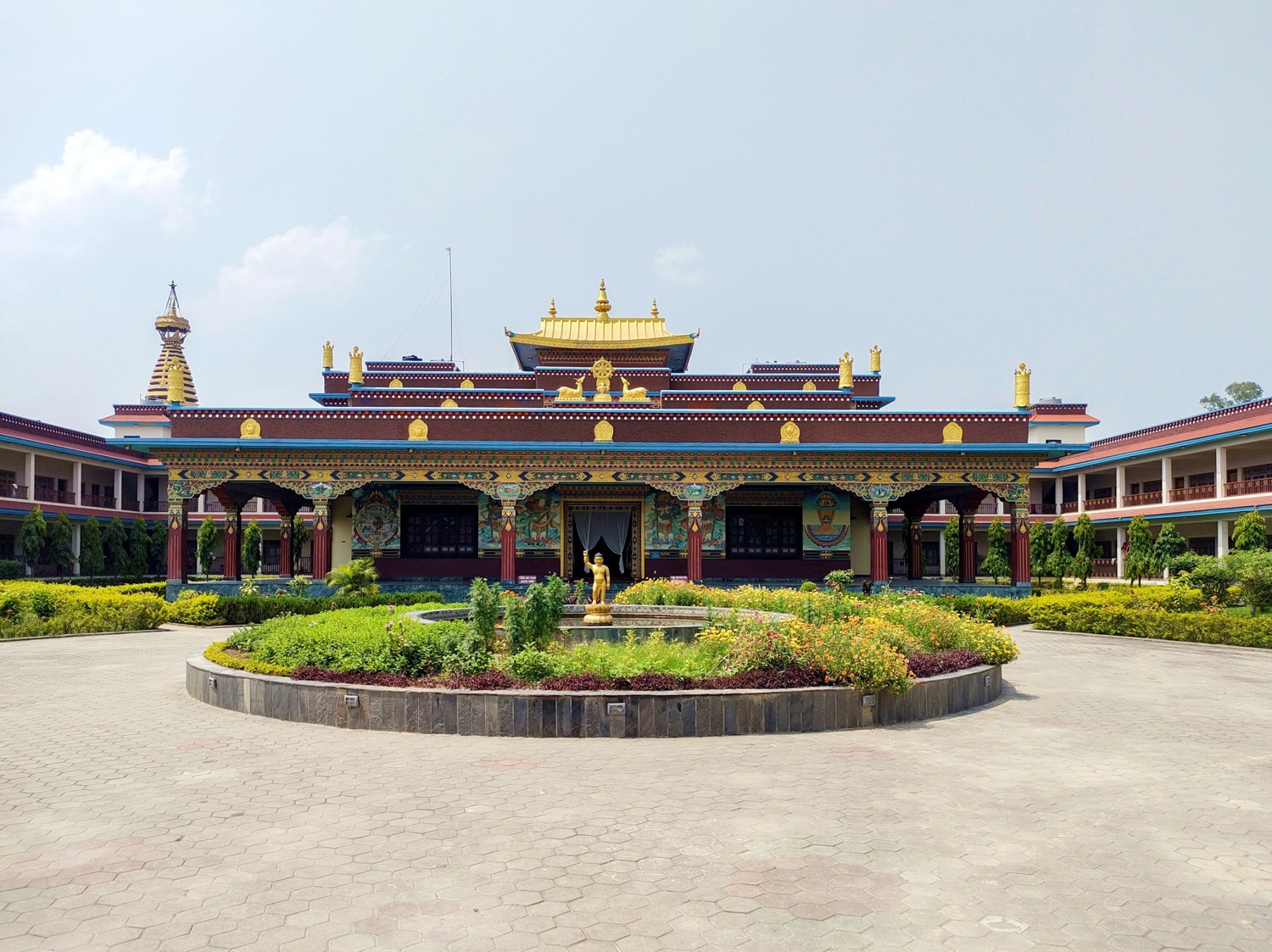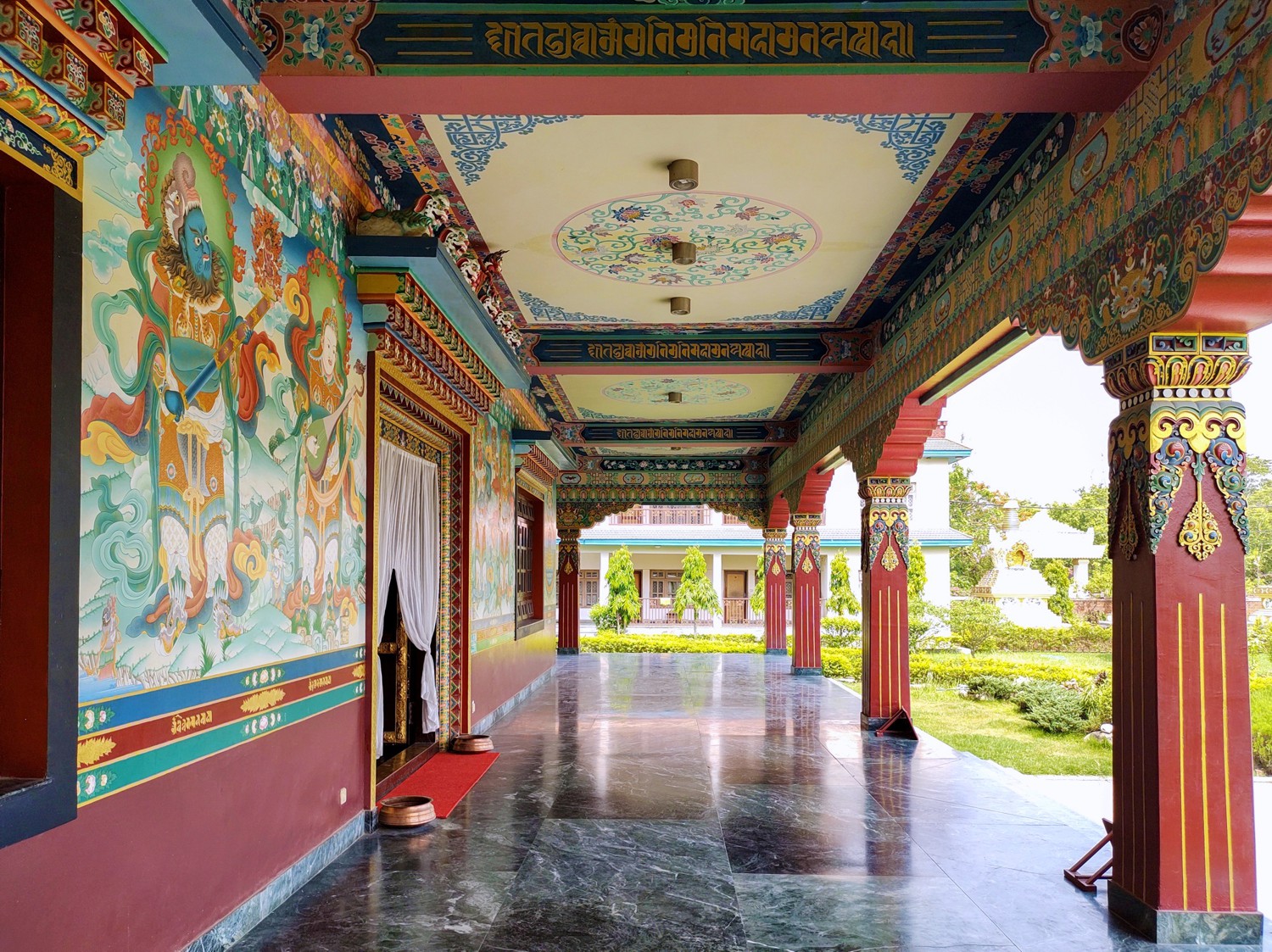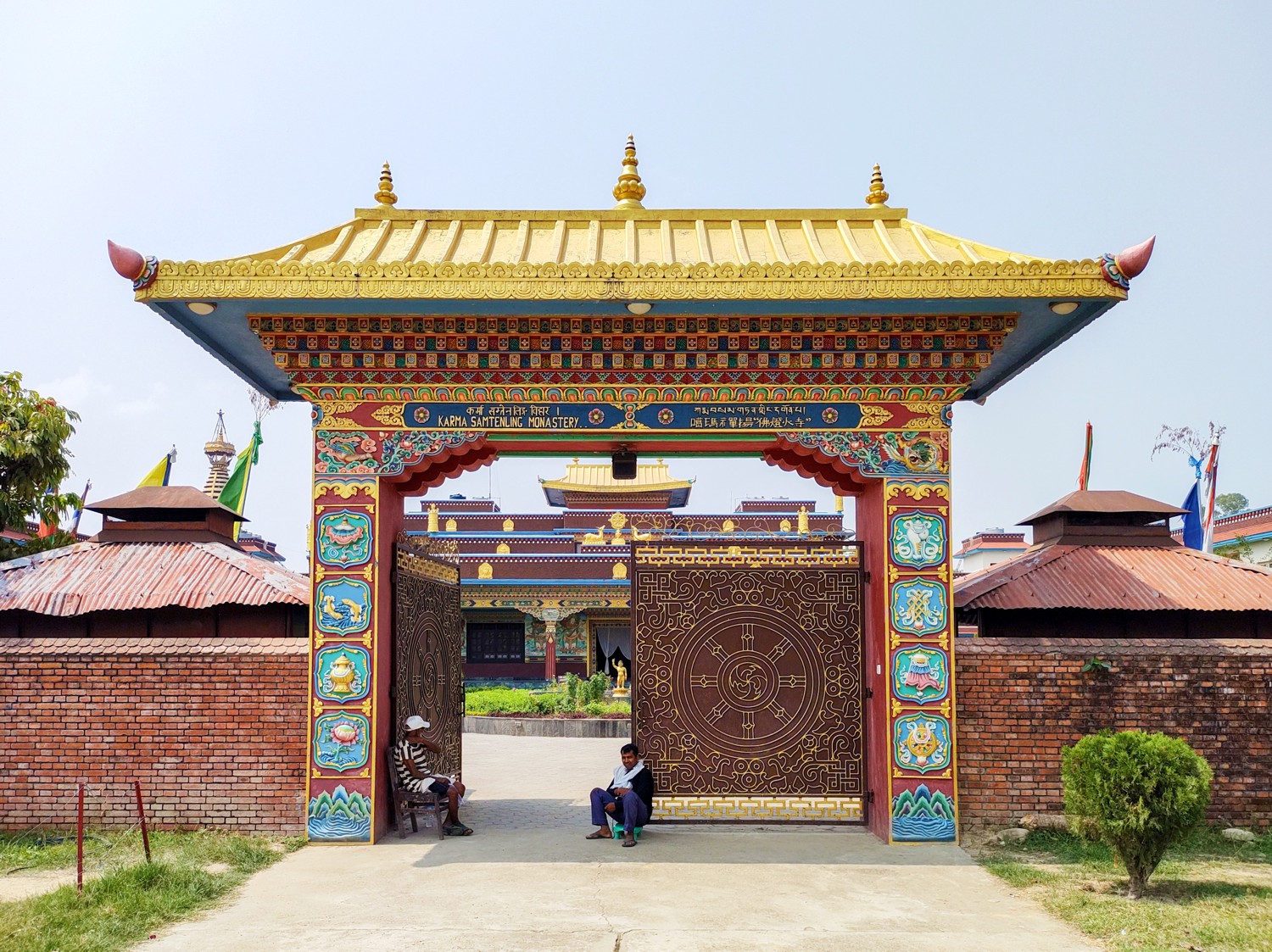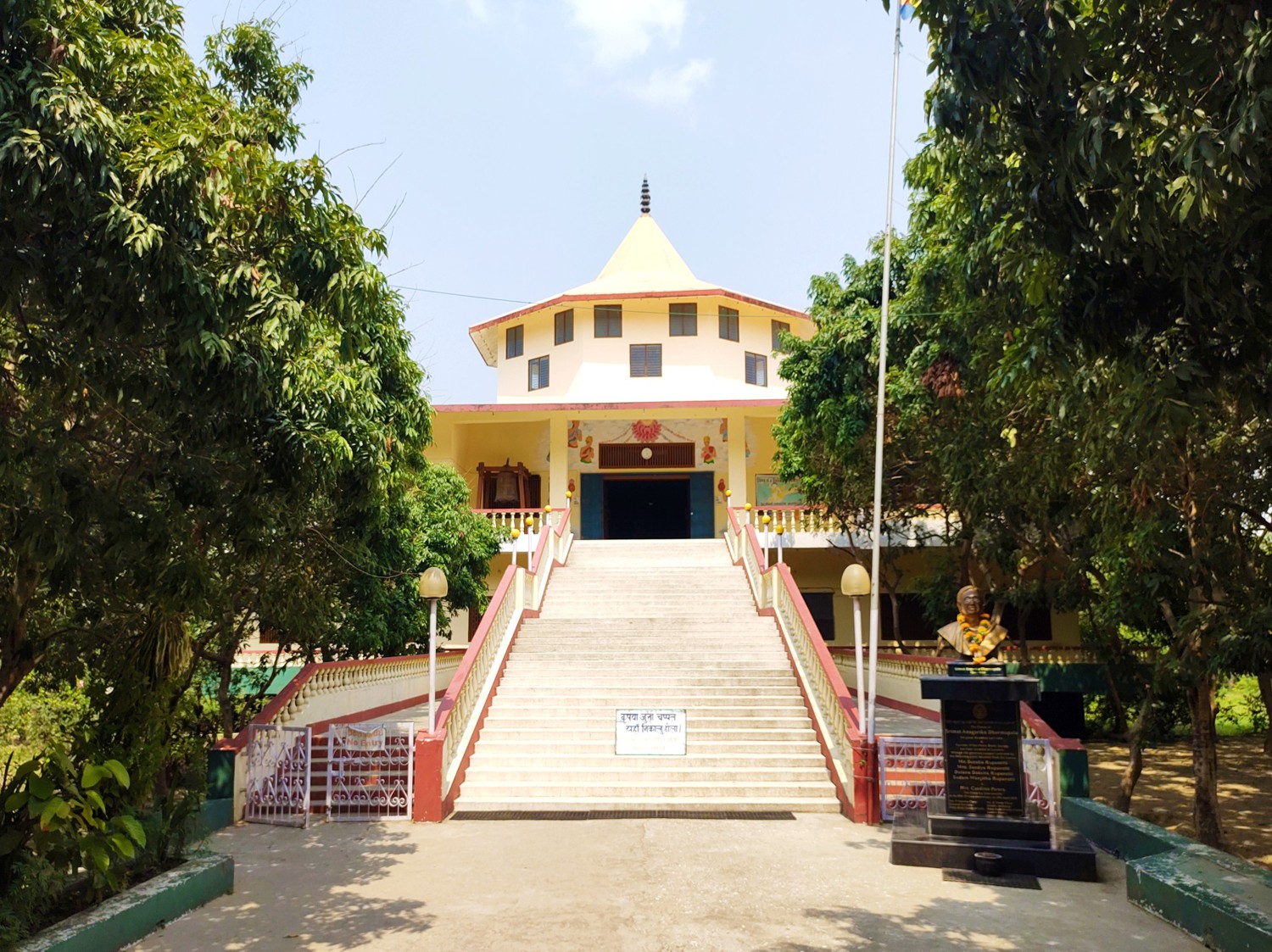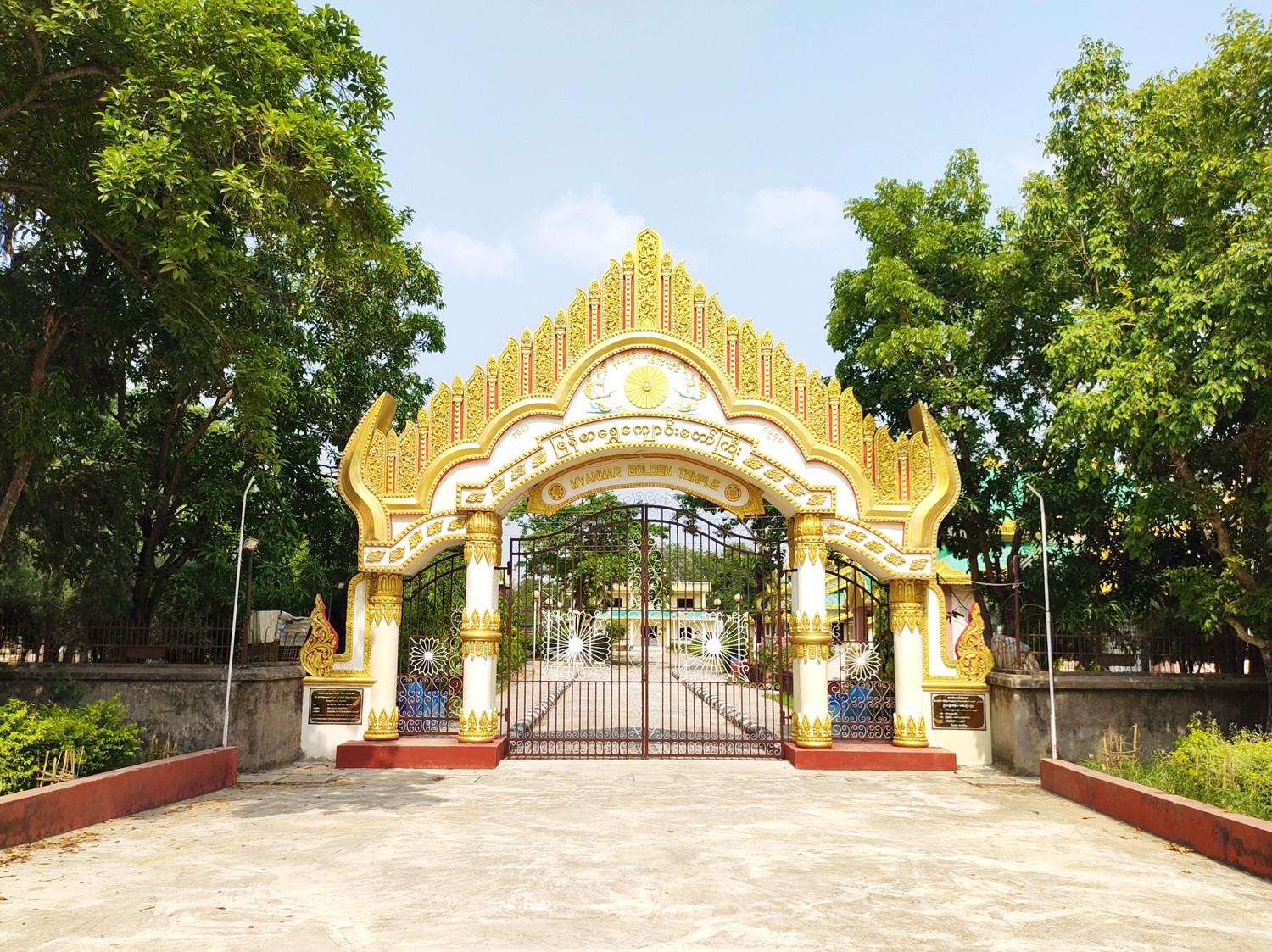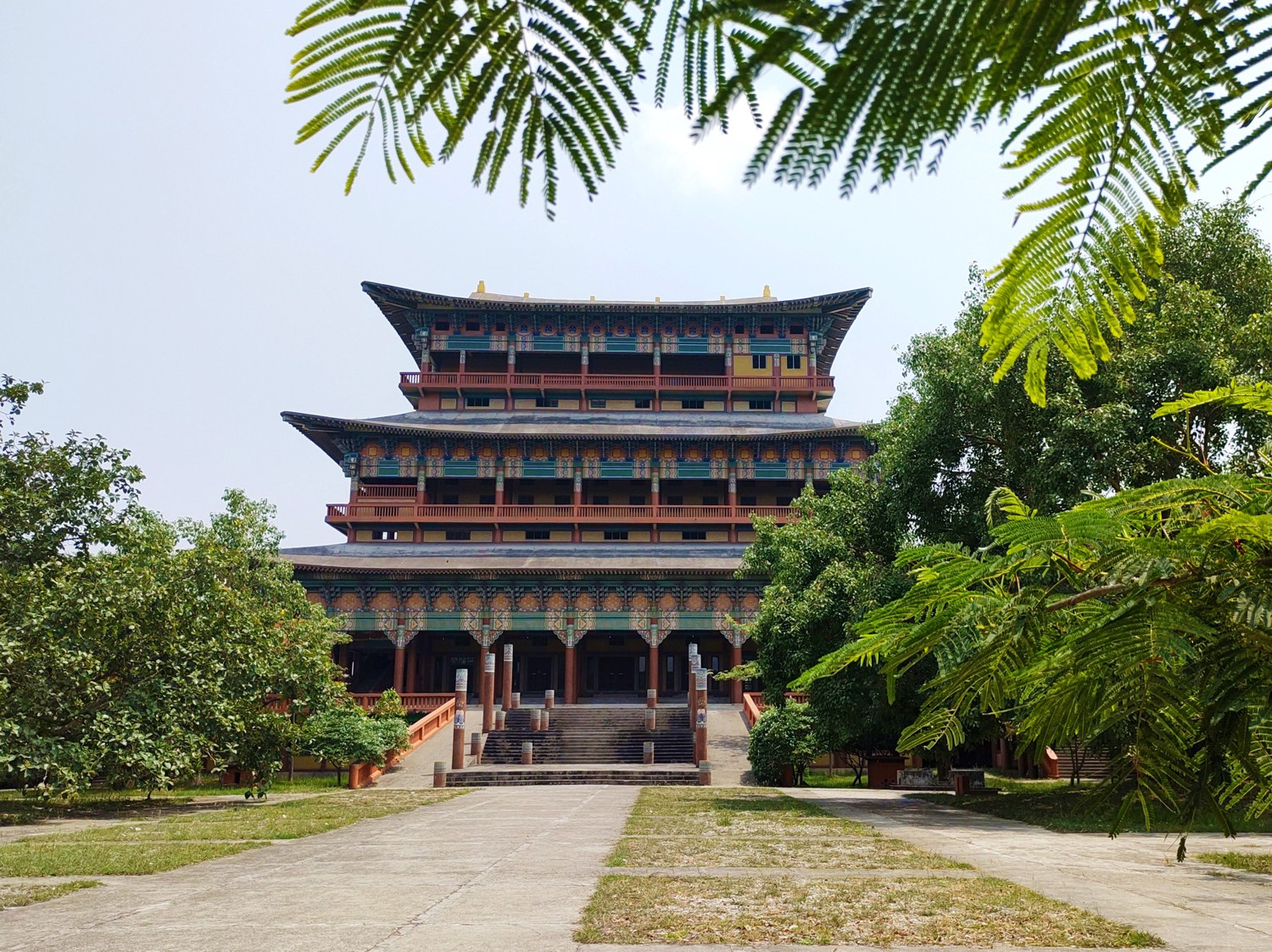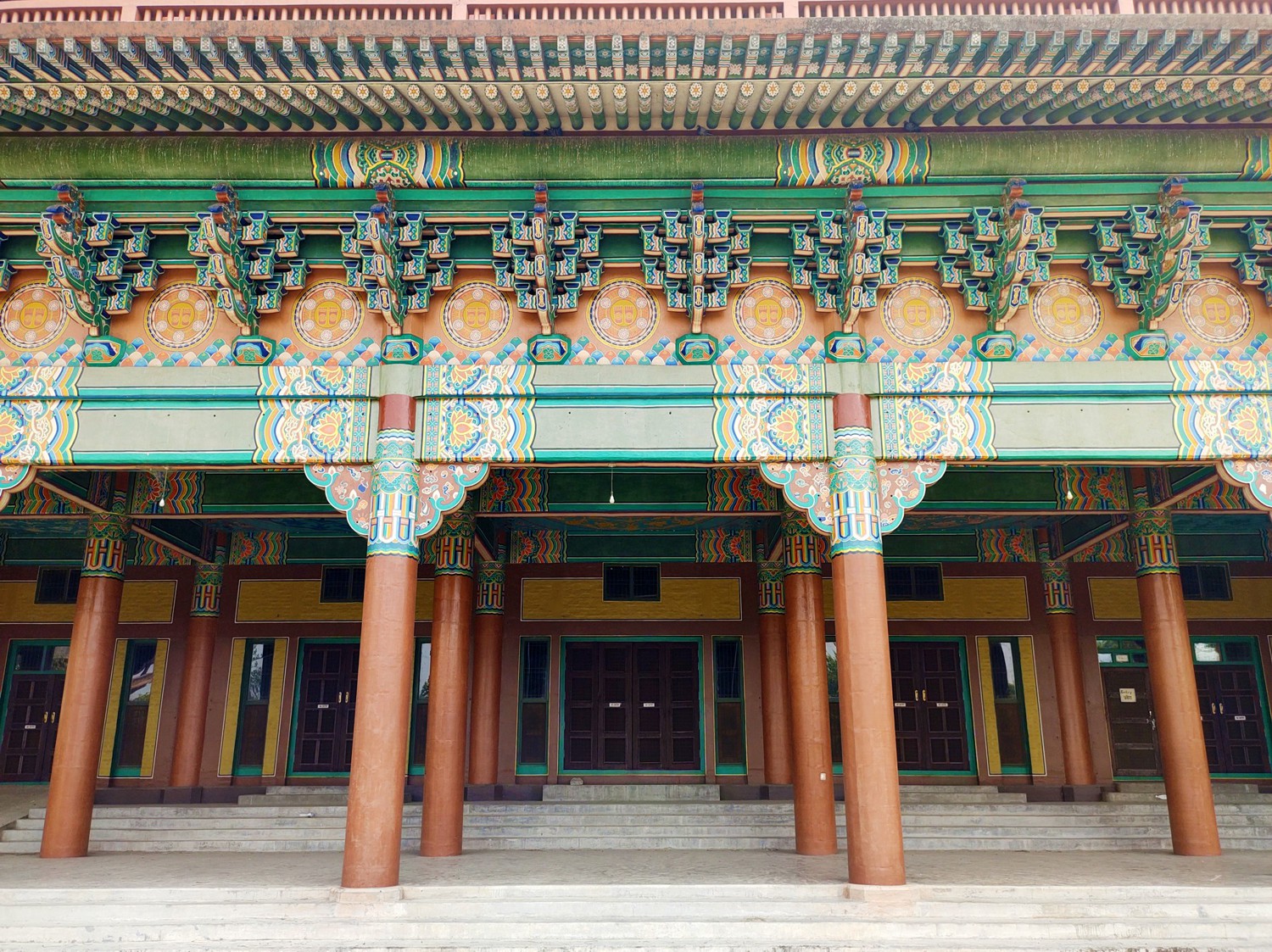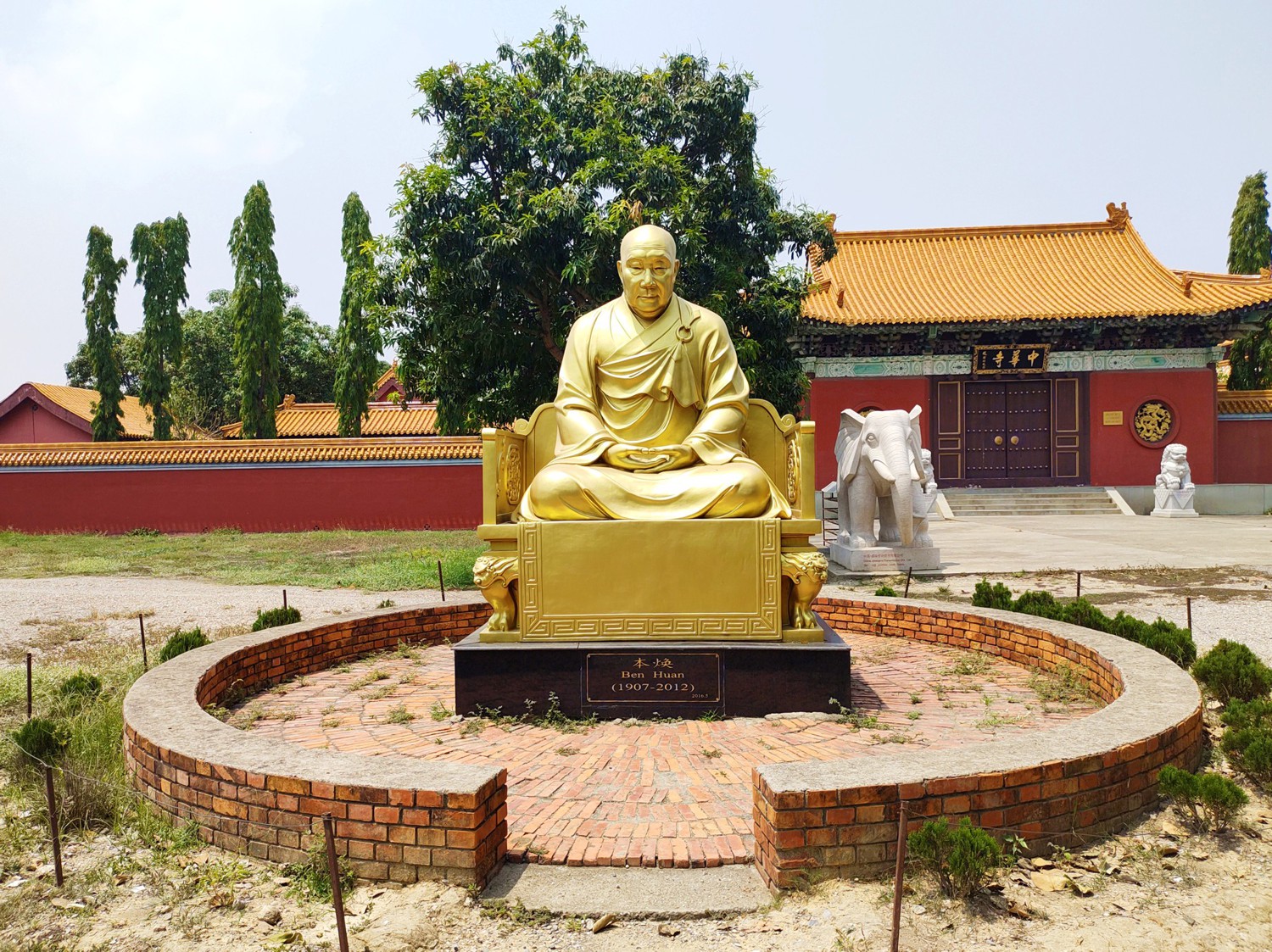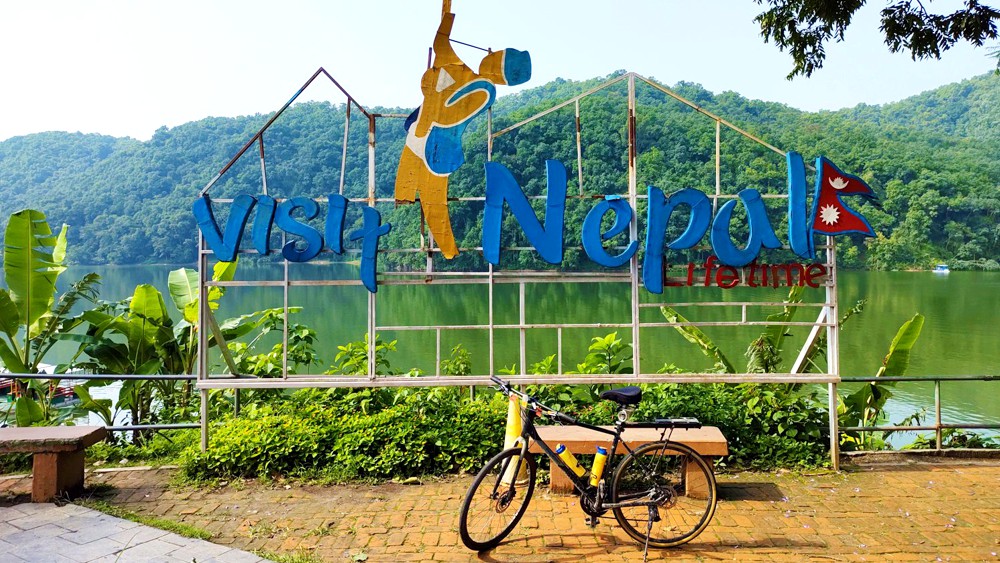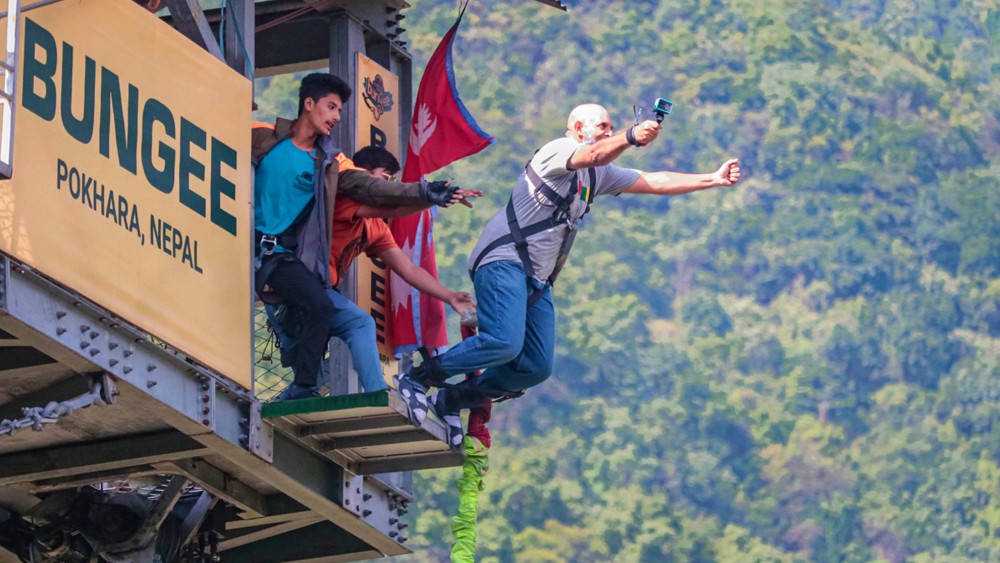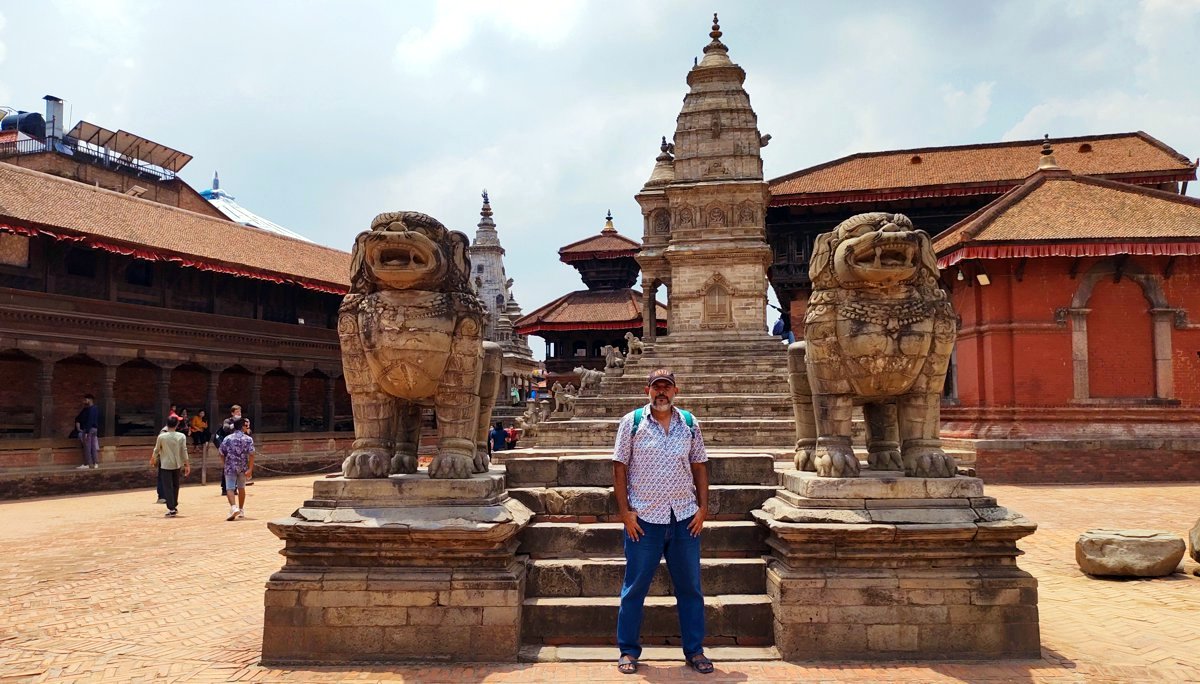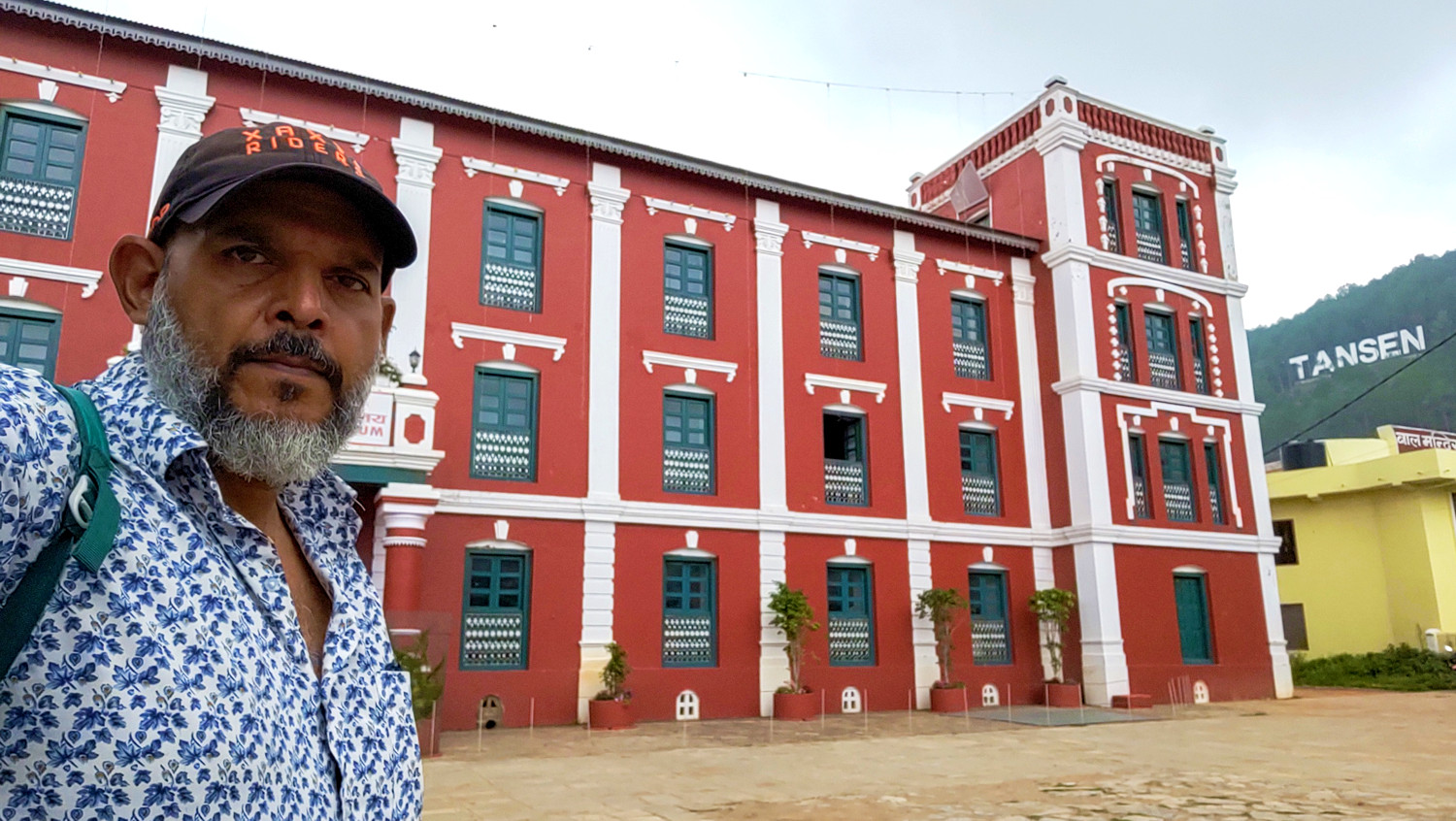Lumbini, a Buddhist pilgrimage site in Nepal, is considered to be the birthplace of Siddhartha Gautama, also known as the Buddha, who was born in the 6th century BCE and became the founder of Buddhism. The site is marked by the Mayadevi Temple, which is said to be the spot where Queen Mayadevi gave birth to the Buddha while holding onto a tree.
Located in the Rupandehi District near the Indian border, the main attraction at Lumbini is the Sacred Garden, which contains the remains of the ancient Shakya capital of Kapilavastu and the Ashoka pillar, a monument erected by the Indian Emperor Ashoka in the 3rd century BCE to mark the spot of the Buddha’s birth.
Over the years, Lumbini has become a significant pilgrimage destination for Buddhists from around the world. Many temples, stupas, and monasteries have been built at the site by different countries, each reflecting the architectural and cultural traditions of the respective nations and reflecting the global reach and influence of Buddhism.
One notable temple at Lumbini is the Chinese Temple, also known as the White Temple, built by the Chinese government in the 1970s. It features a pagoda-style roof and intricate carvings on the walls and is surrounded by a garden with a pond and a variety of trees and plants.
Another important temple is the International Gautami Nuns’ Temple, built by the Nepal-German Buddhist Cultural Association. This temple is home to a community of nuns from various countries who live and study there.
The Myanmar Temple is adorned with beautiful gold leaf work, while the Thai Temple, with its traditional Thai architecture, is another popular attraction for pilgrims. The Vietnam Temple, featuring a large statue of the Buddha, is also a popular destination.
In addition to the temples, Lumbini is home to the Lumbini Museum, which displays artefacts and documents related to the life of the Buddha and the history of Buddhism. The museum is an important destination for Buddhists and others interested in the history and teachings of this ancient religion.
Lumbini has been designated as a UNESCO World Heritage Site in recognition of its historical and cultural significance. Visitors can participate in various rituals and ceremonies at the temples or simply enjoy the peaceful atmosphere and natural beauty of the site. As a place of spiritual contemplation and reflection, Lumbini attracts many visitors who come to pay their respects and seek enlightenment, showcasing the enduring influence of the Buddha’s teachings.
The Lumbini complex is over 5 kilometers long and is divided into three areas: the Sacred Garden, the Monastic Zone, and the New Lumbini Village. It is divided into two monastic zones: eastern and western, with a long, water-filled canal separating the two zones. For a fee, you can use motorboats to go from one end to the other.
You could walk around and visit all of the temples and monasteries, but that would take all day. Alternatively, you can hire a rickshaw and be driven around. The monastery temples are generally open each day from 8:00 to 12:00 and 13:00 to 17:00. It is important to note that the flooring of temples and monasteries can become extremely hot in the afternoon, making barefoot walking difficult.
When I visited in May 2022, many of the temples and monasteries had yet to reopen after being closed for the previous two years due to the COVID-19 pandemic.
Other posts in the Nepal travelogue:
1. Nepal – travel guidelines
2. Kathmandu – city of Newars
3. Bhaktapur – cultural city & Patan – city of artisans
4. Pokhara – the adventure capital of Nepal
5. Tansen – a charming hill town
6. Lumbini – birthplace of the Lord Buddha

